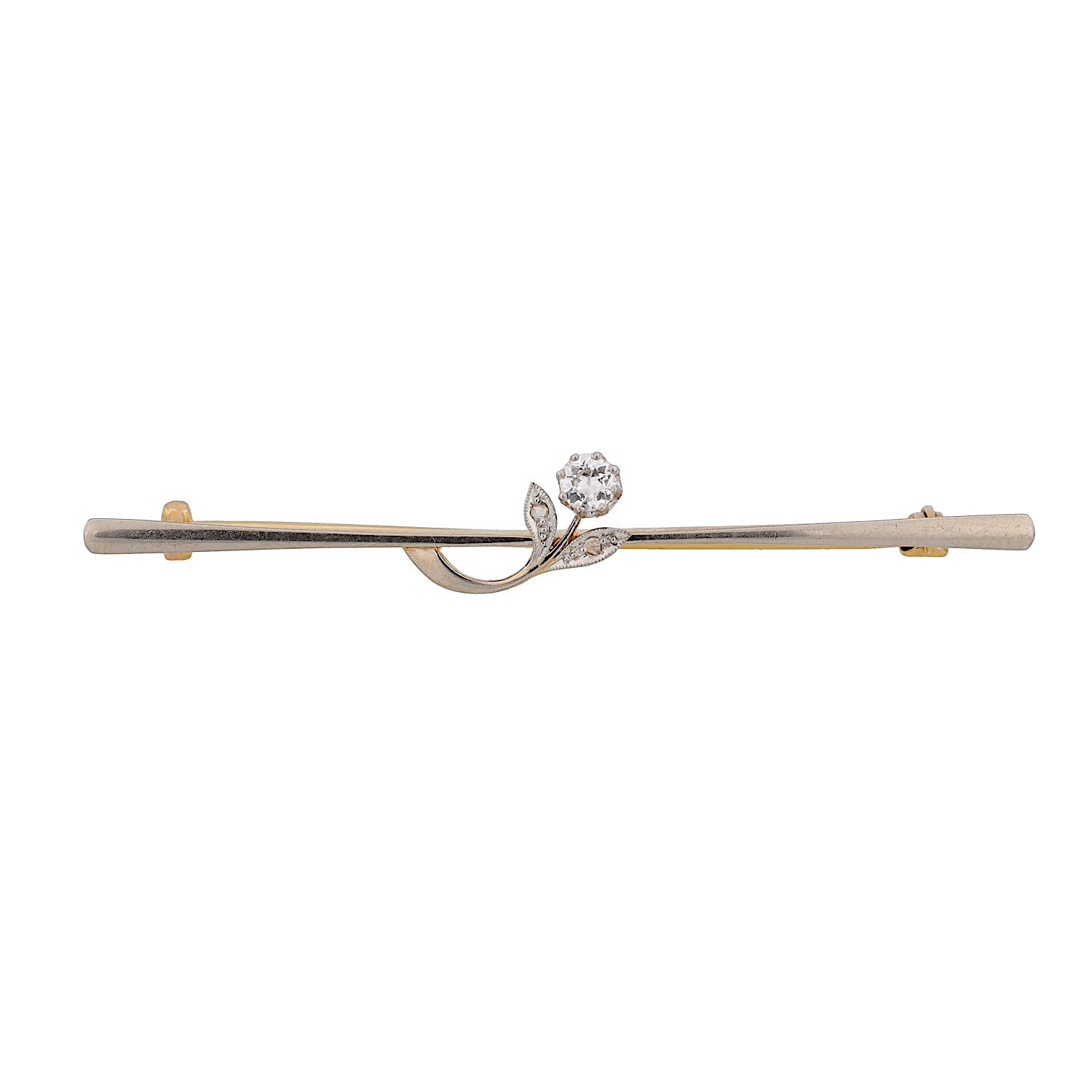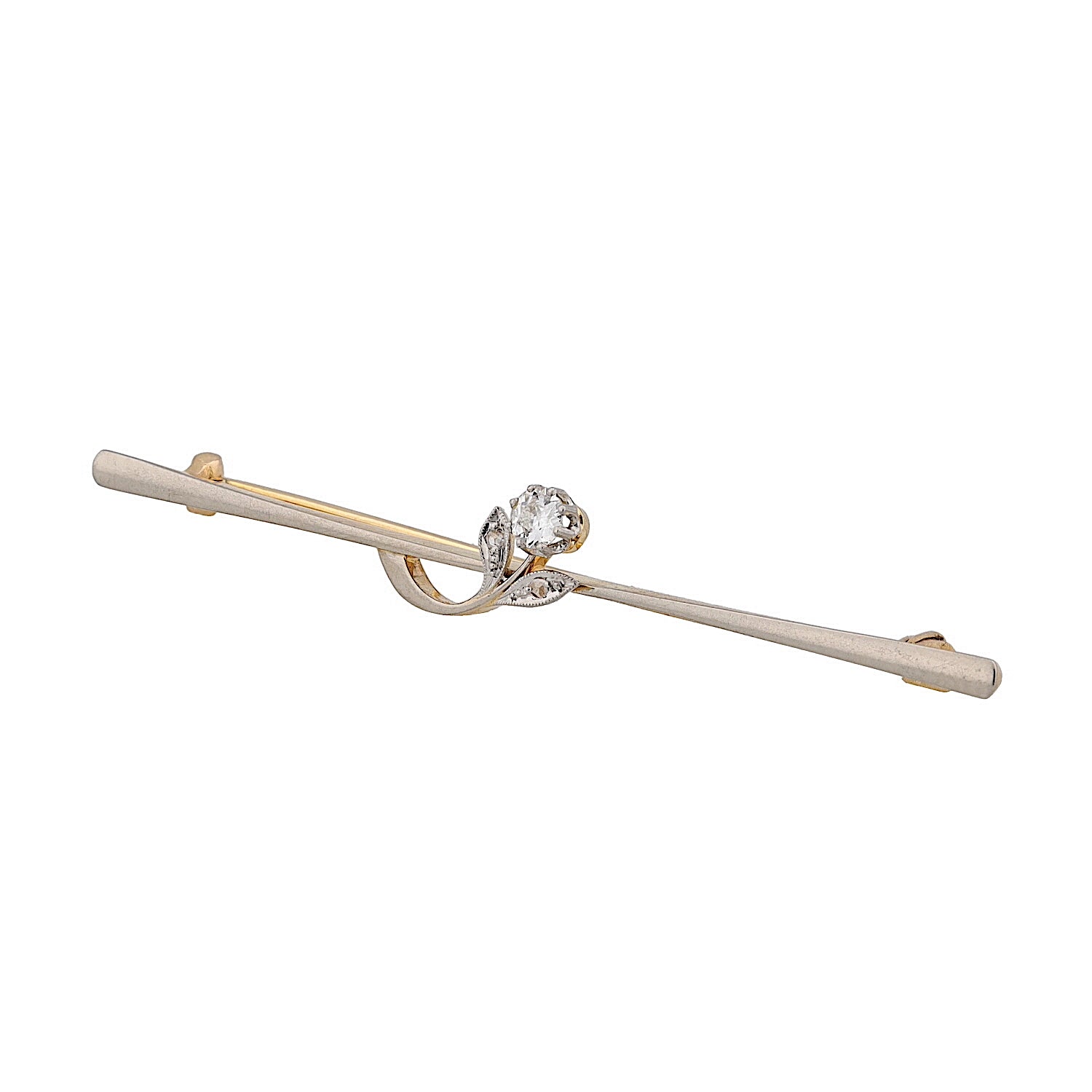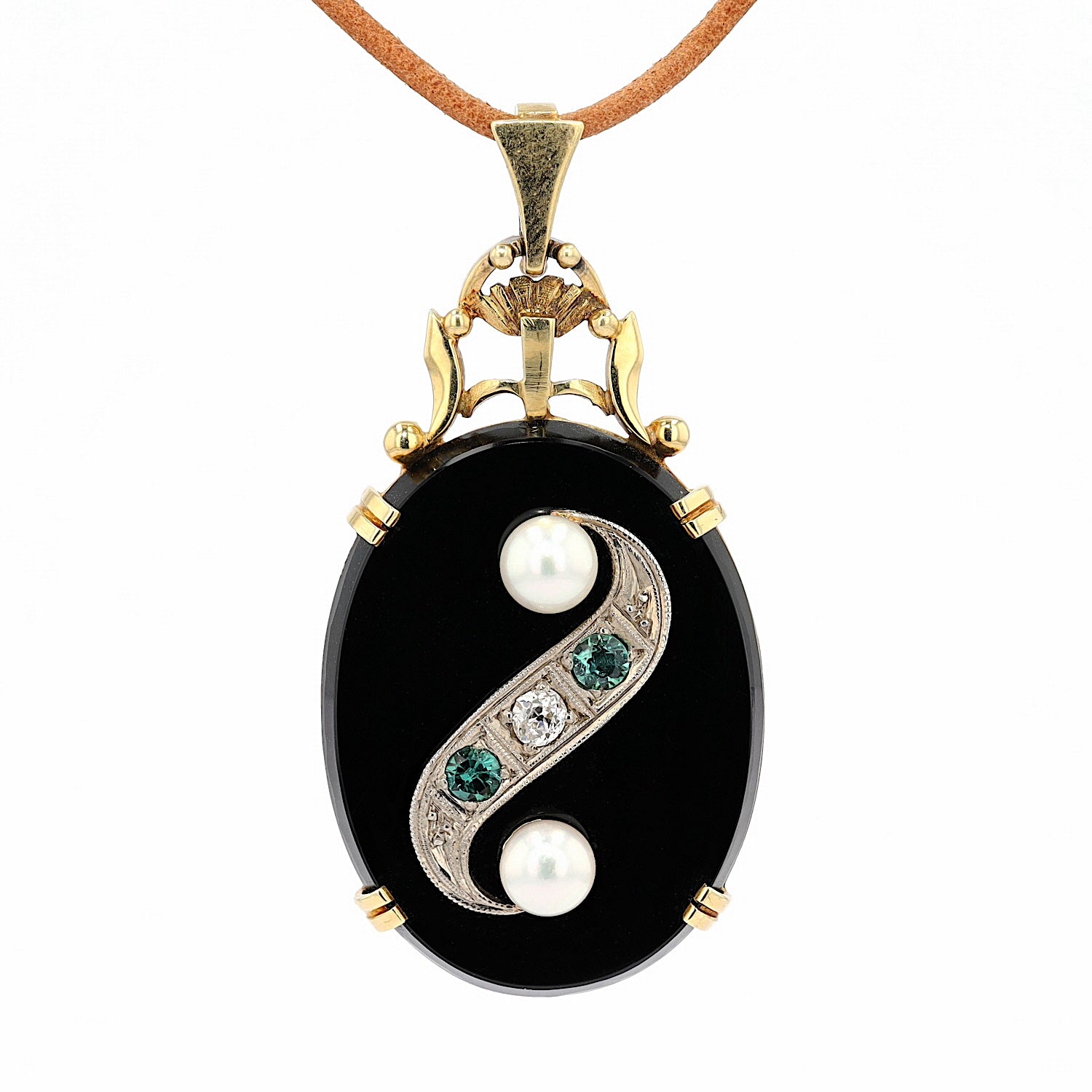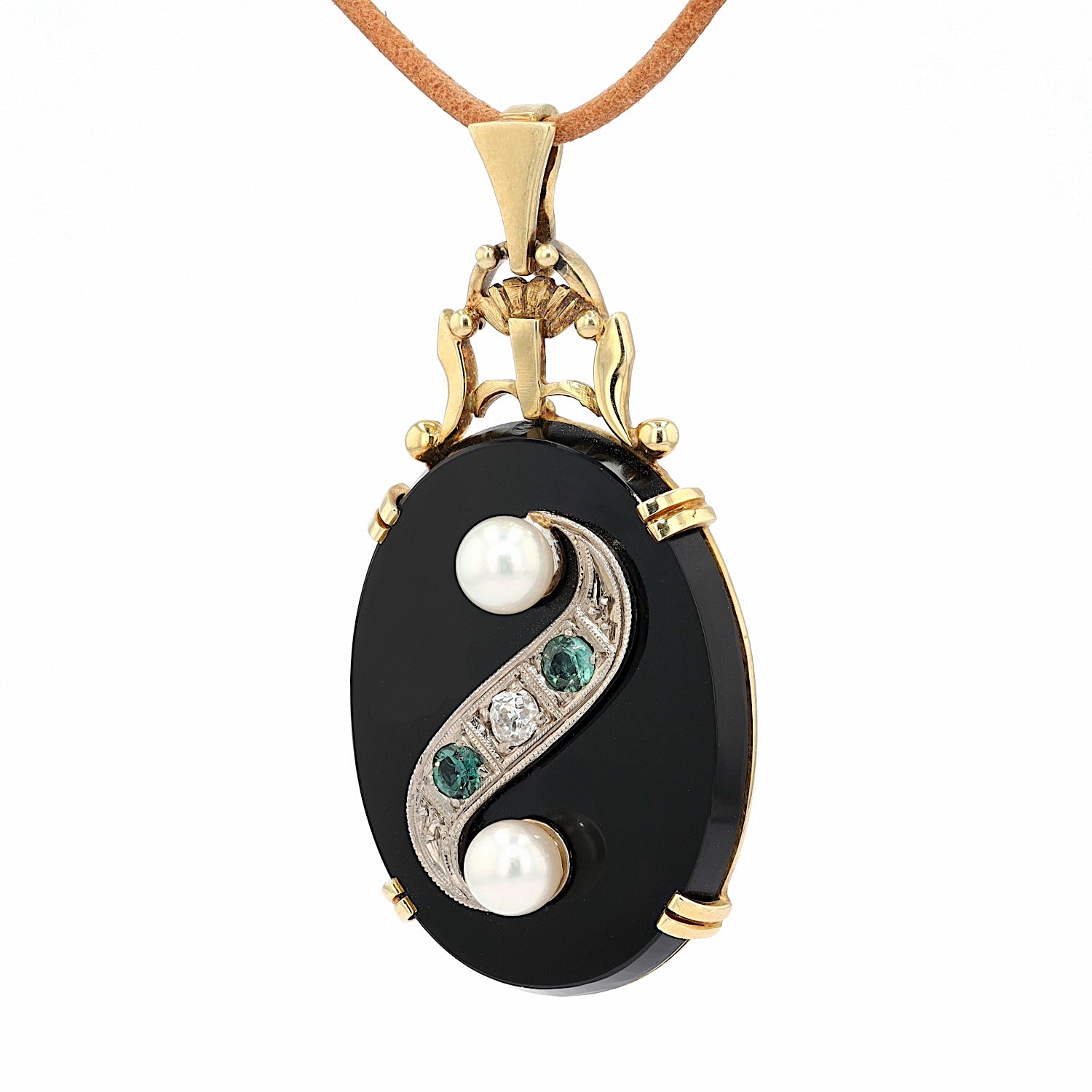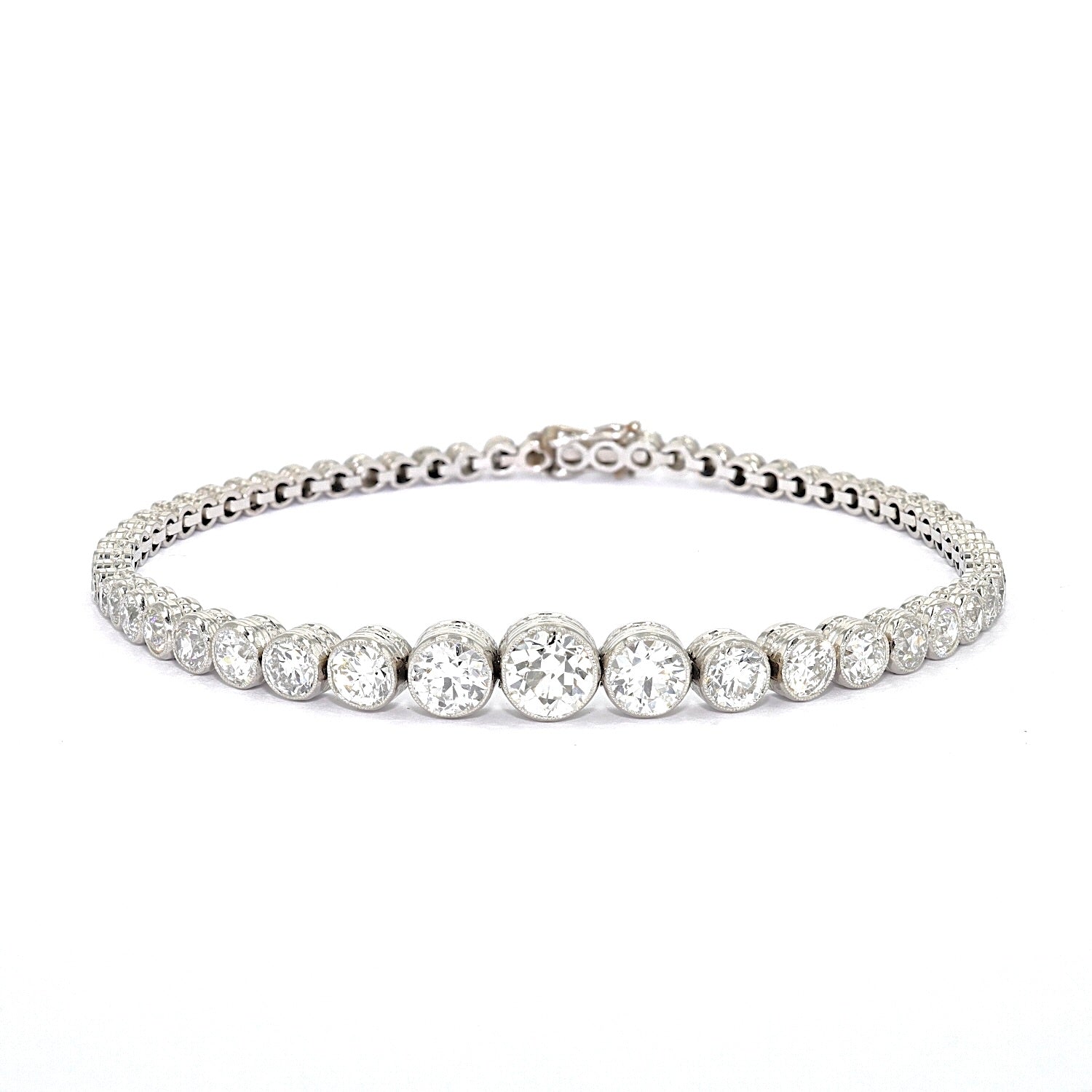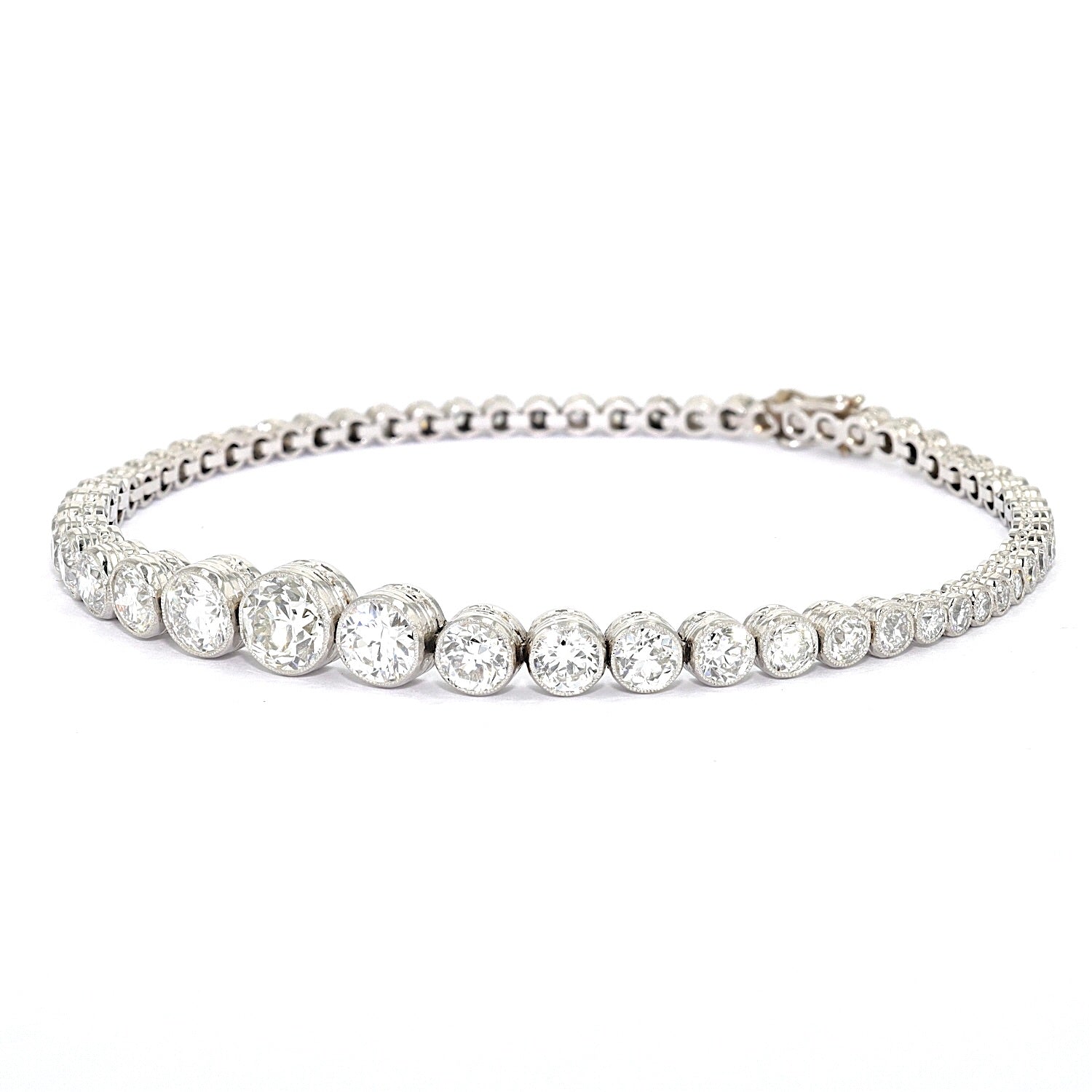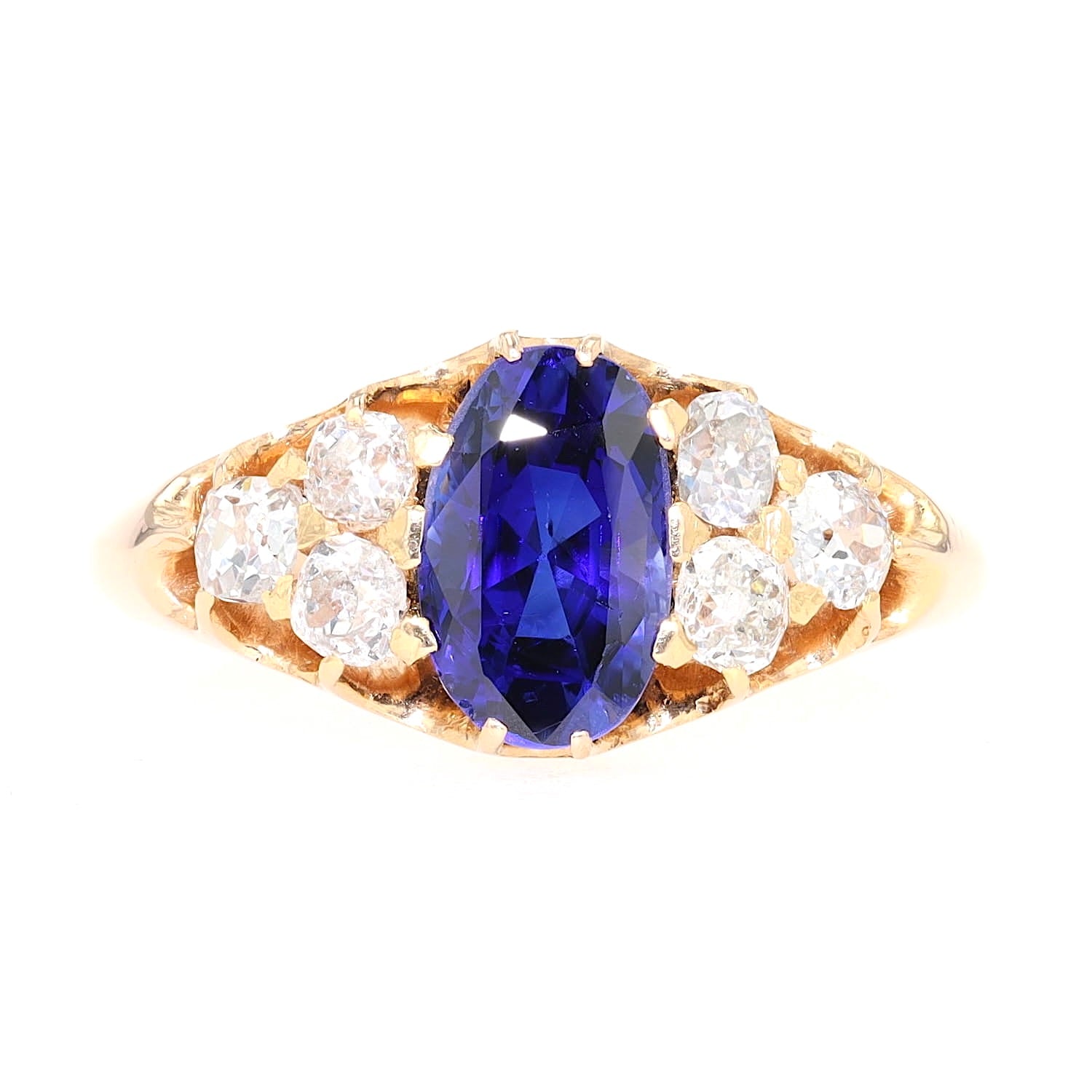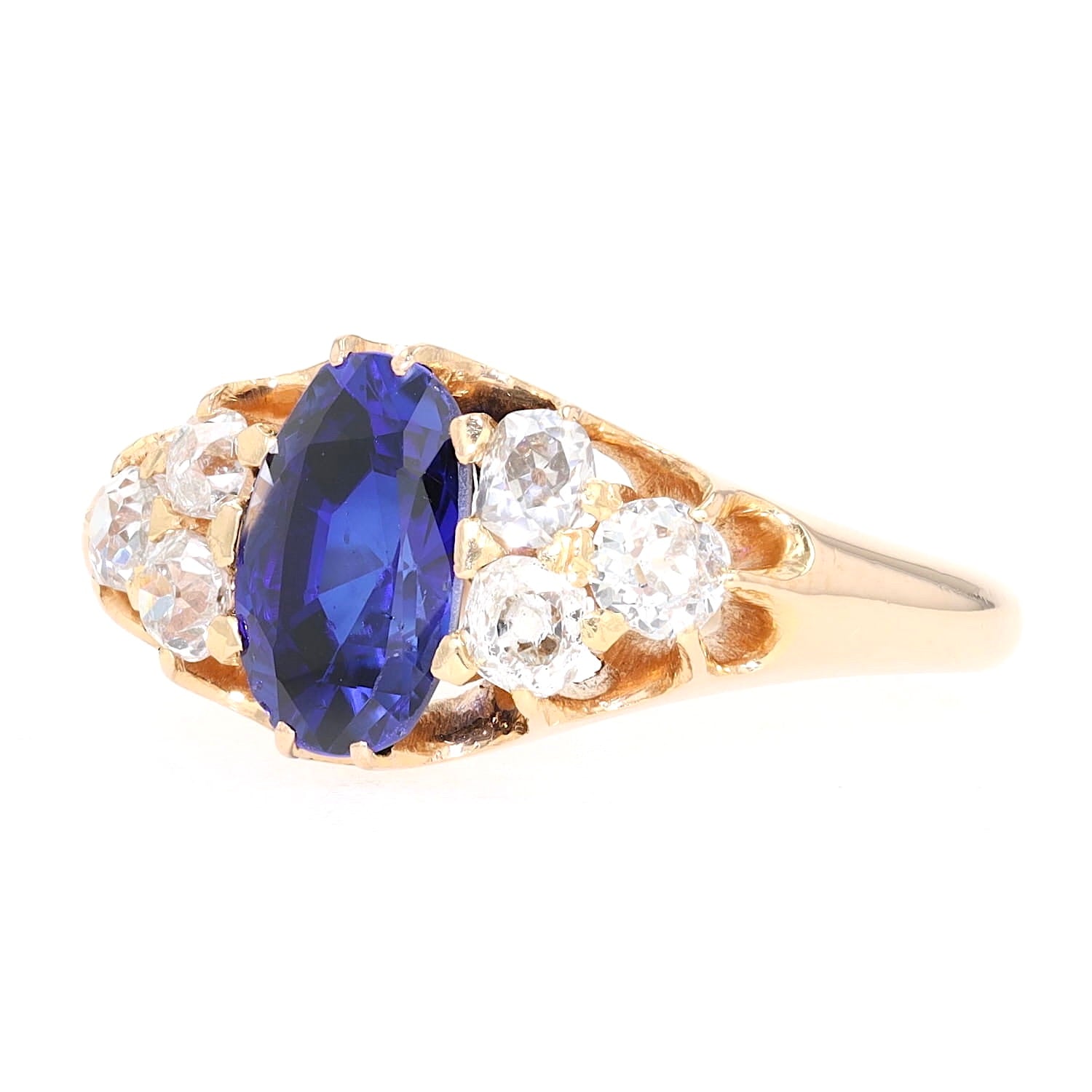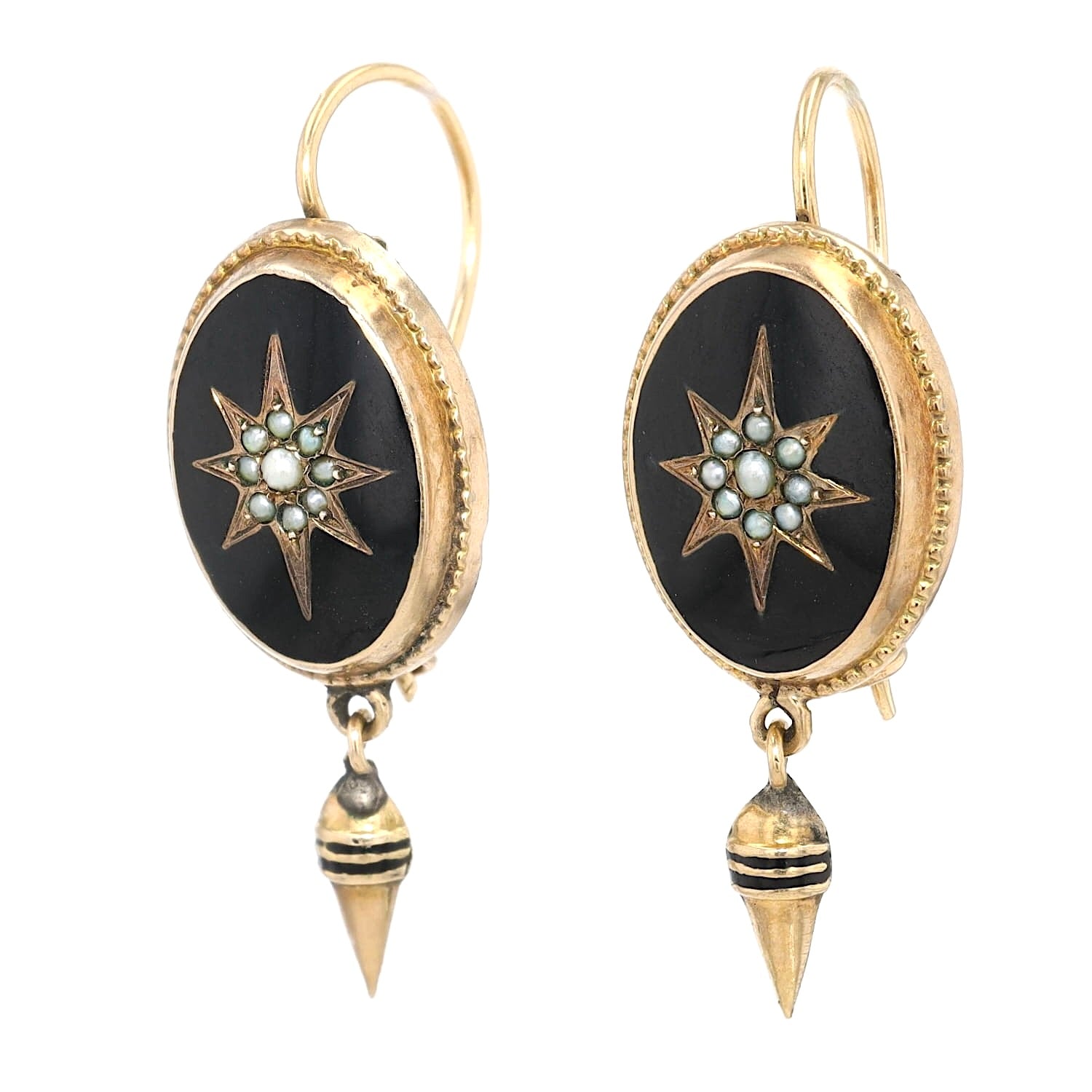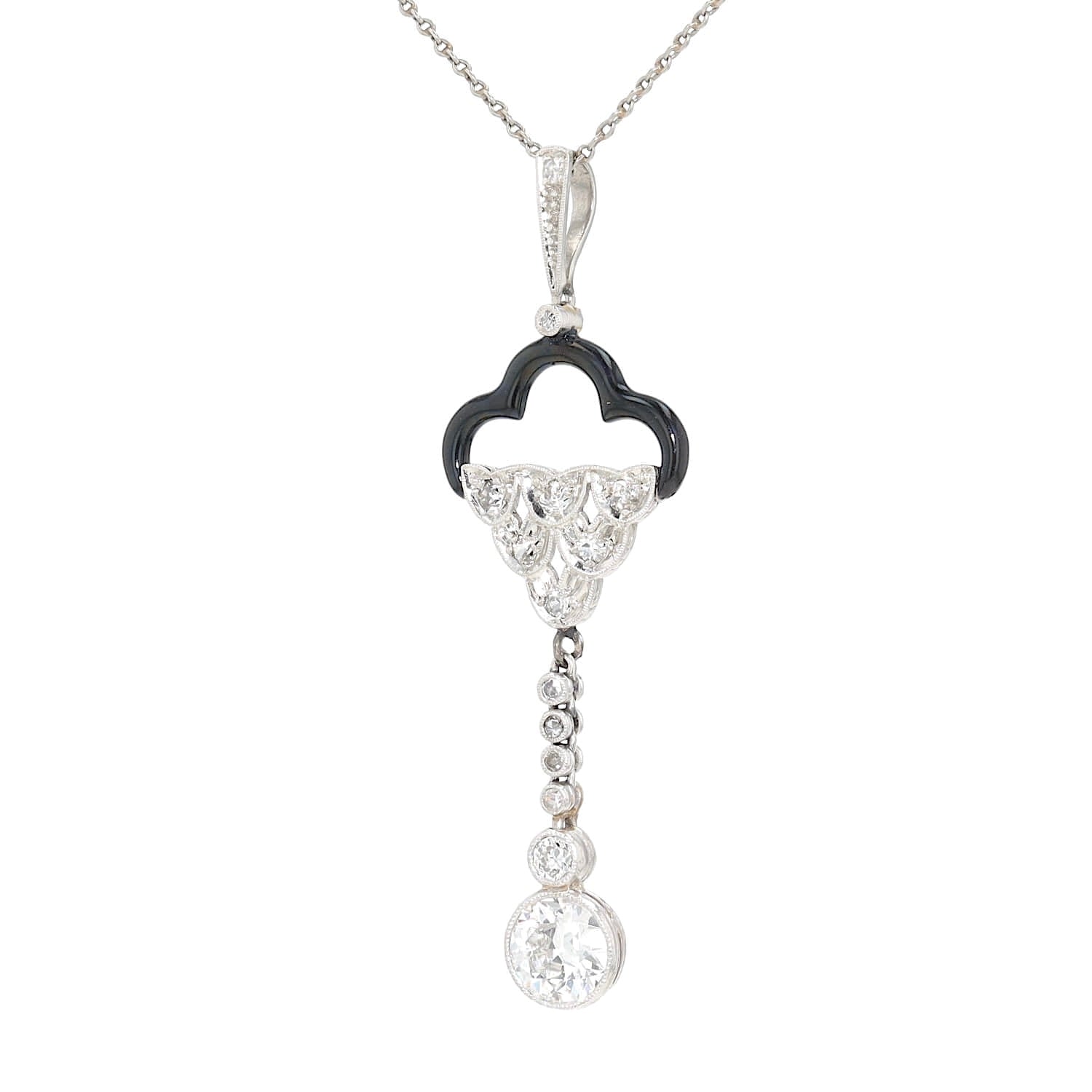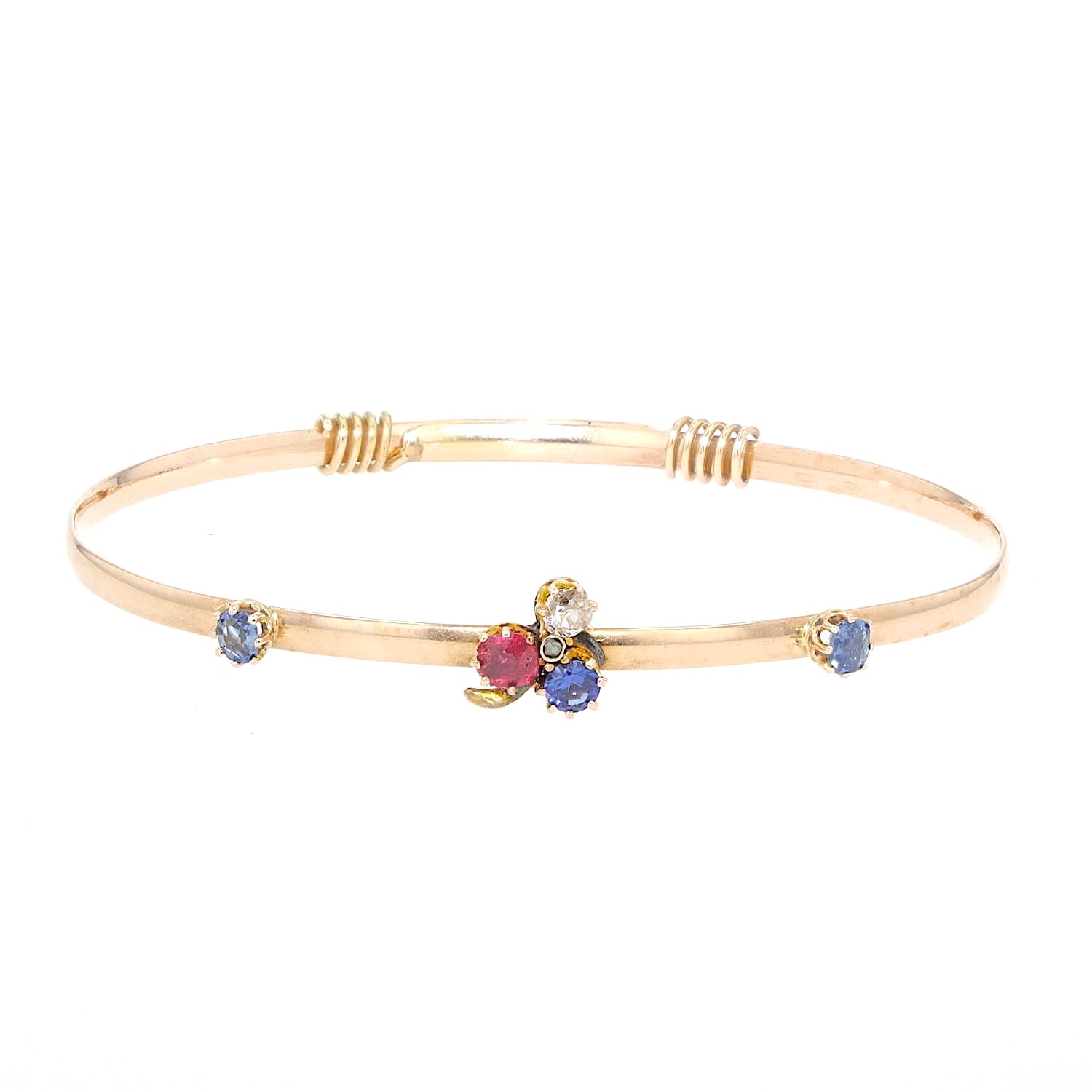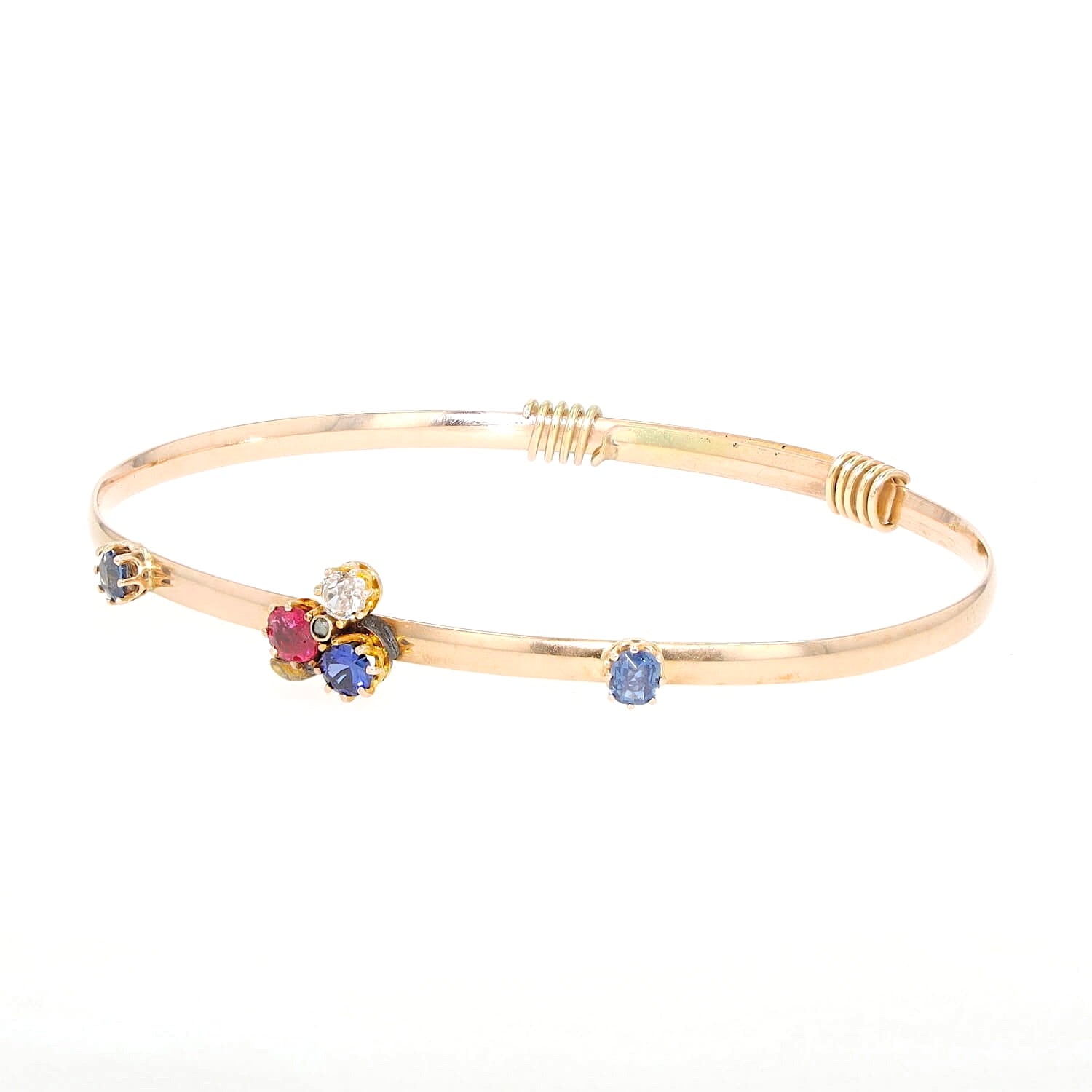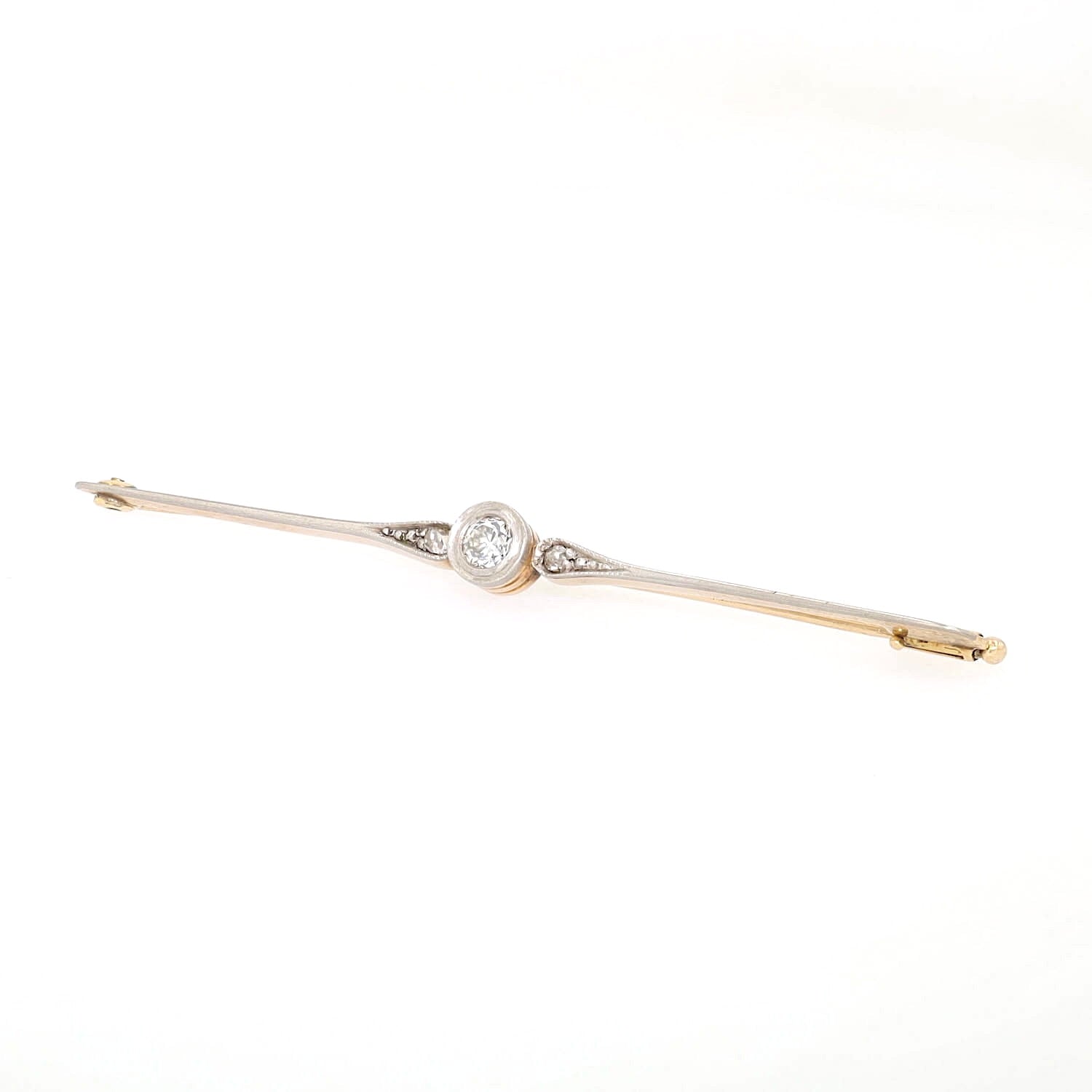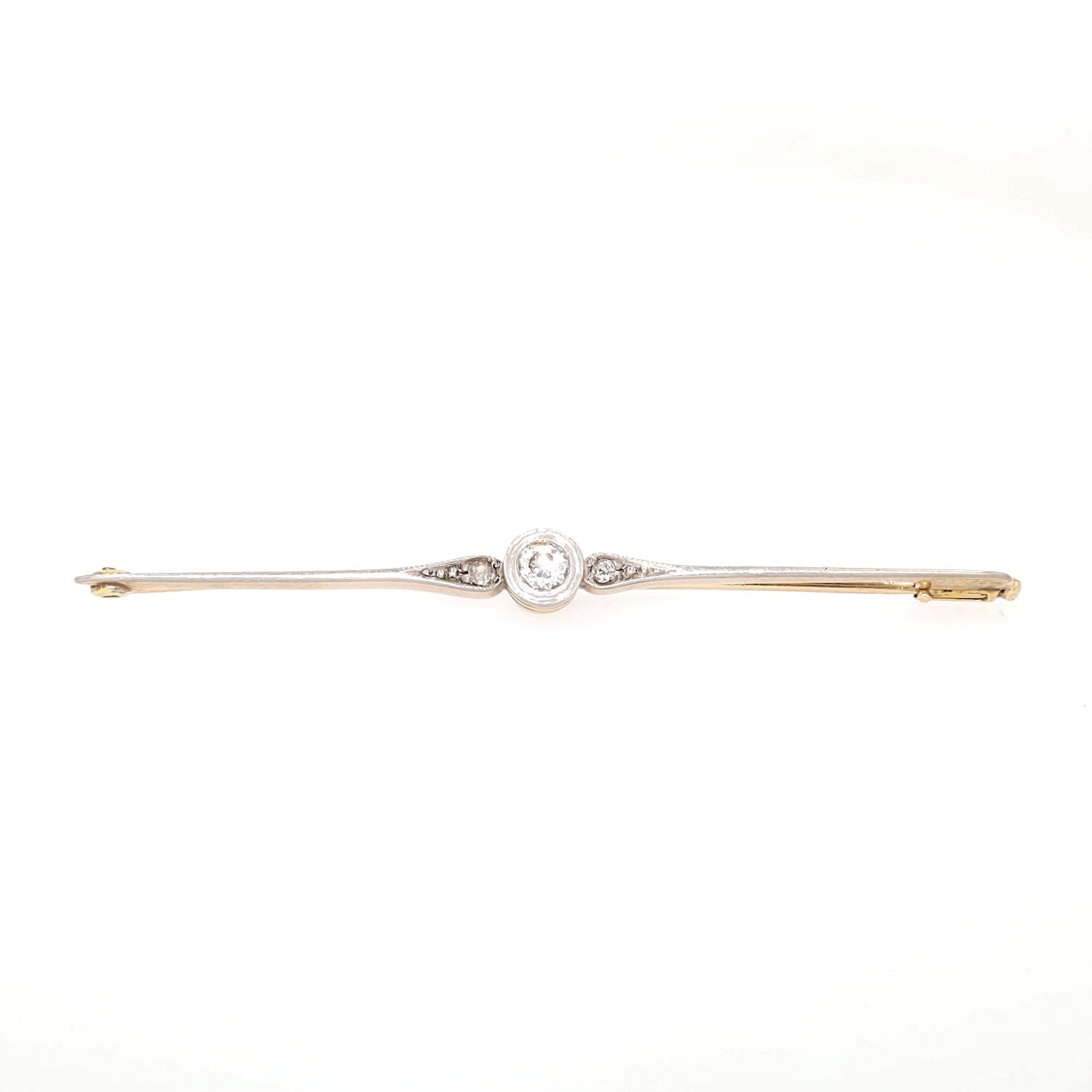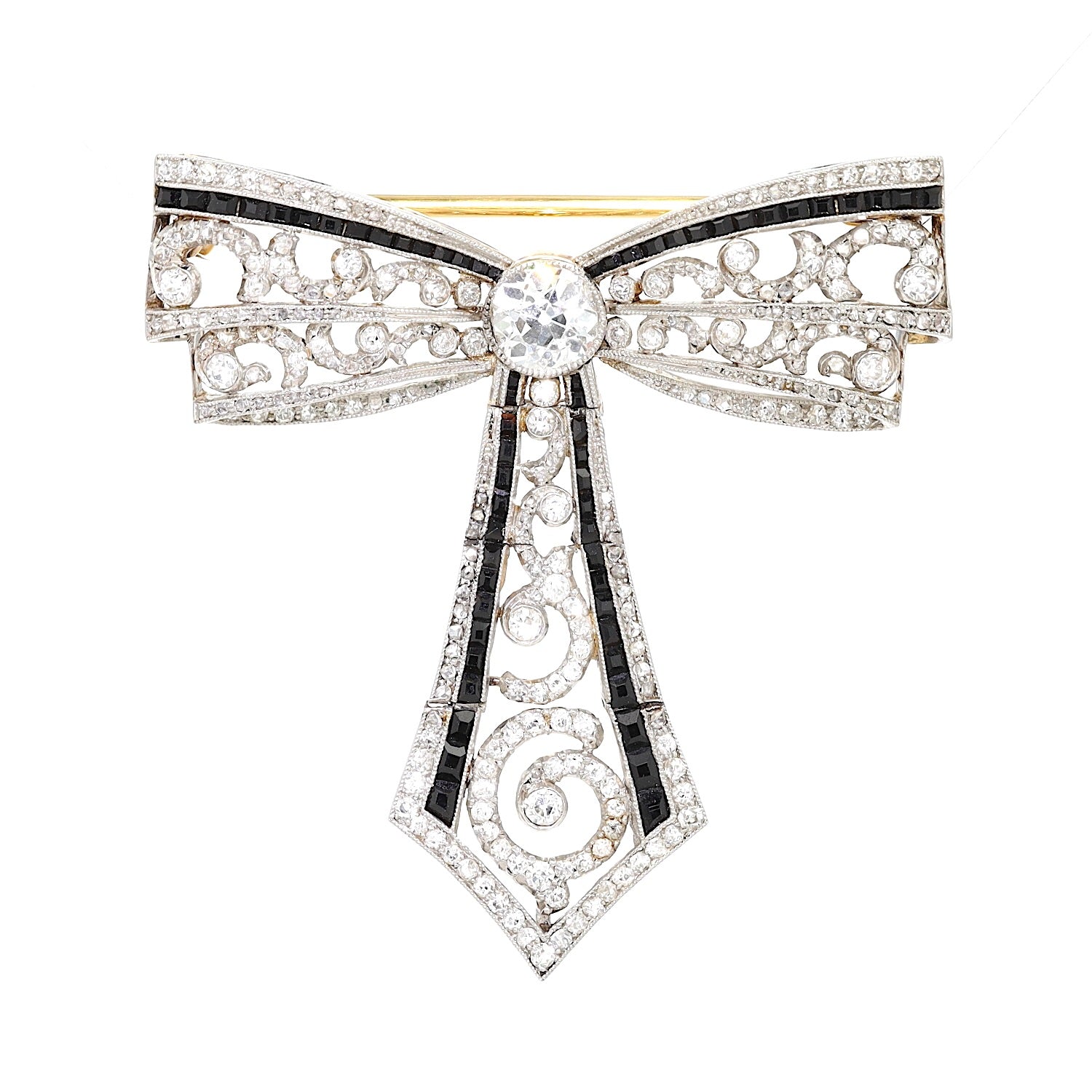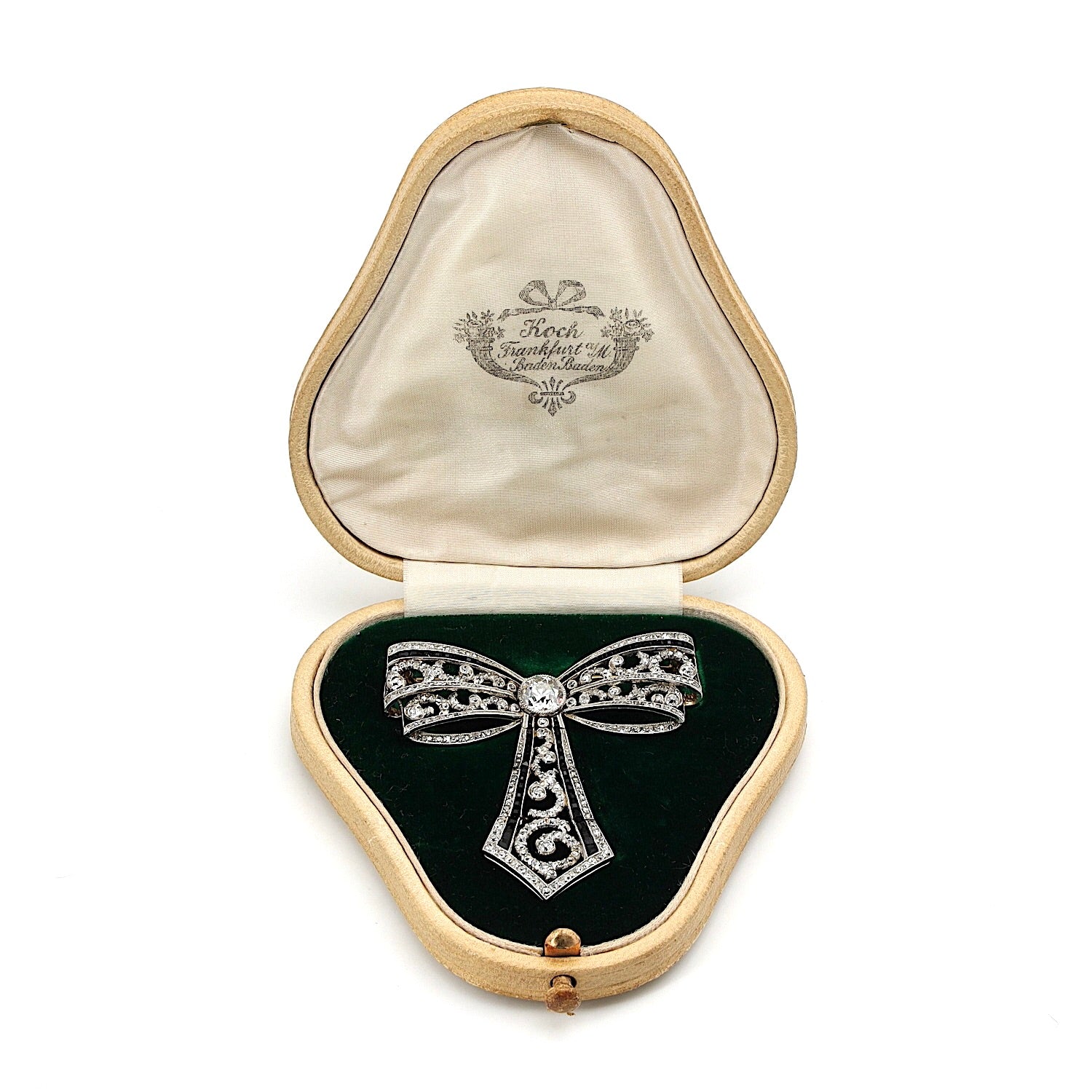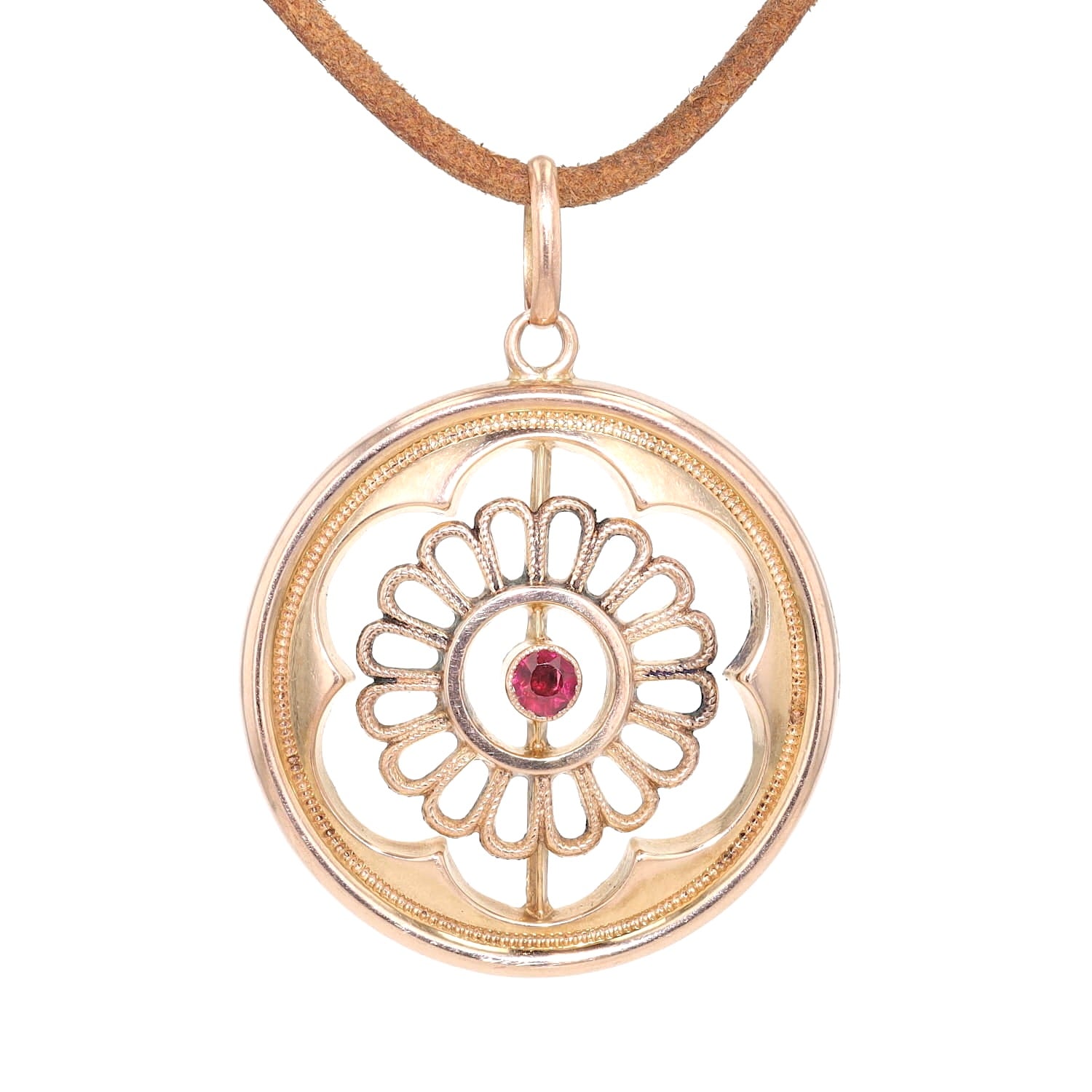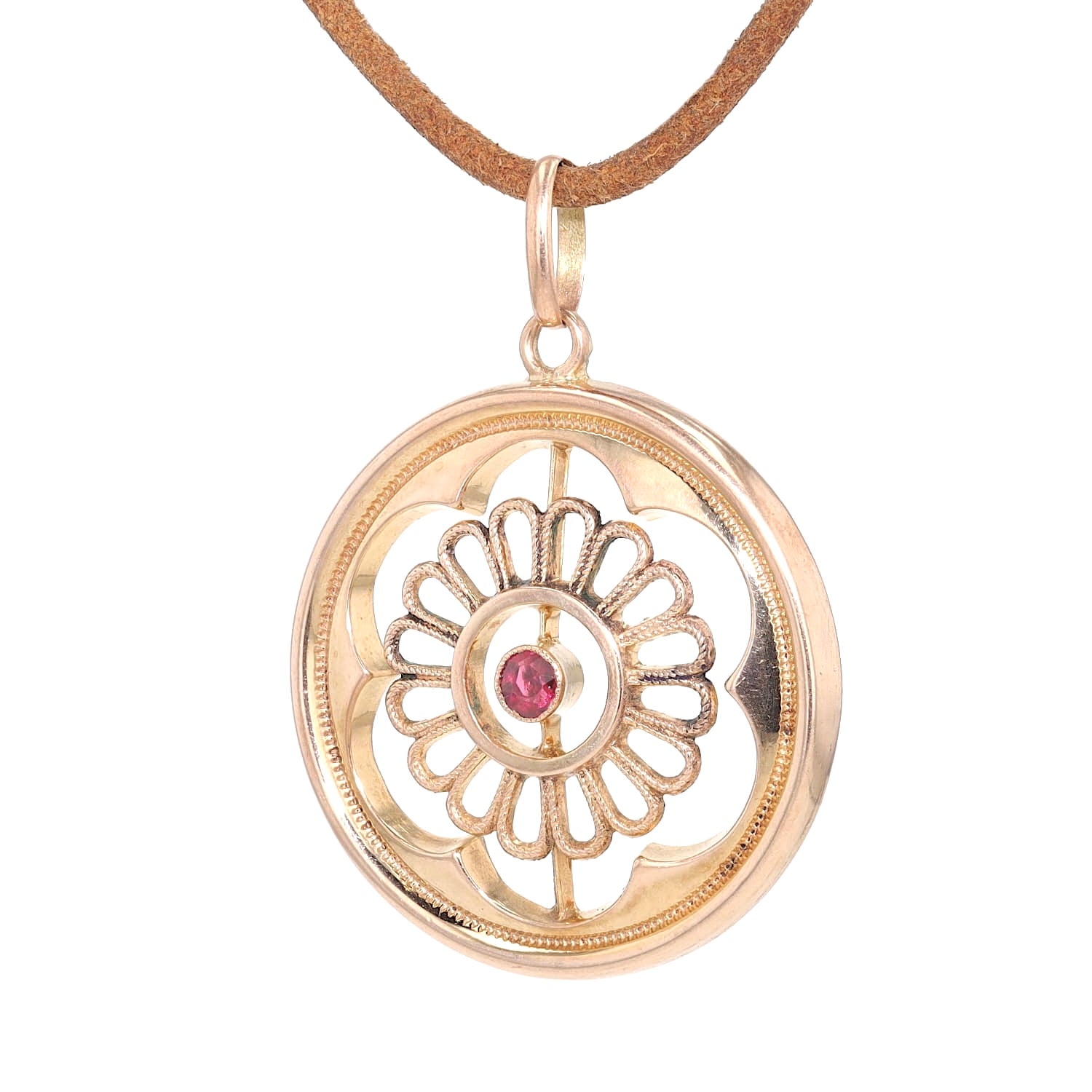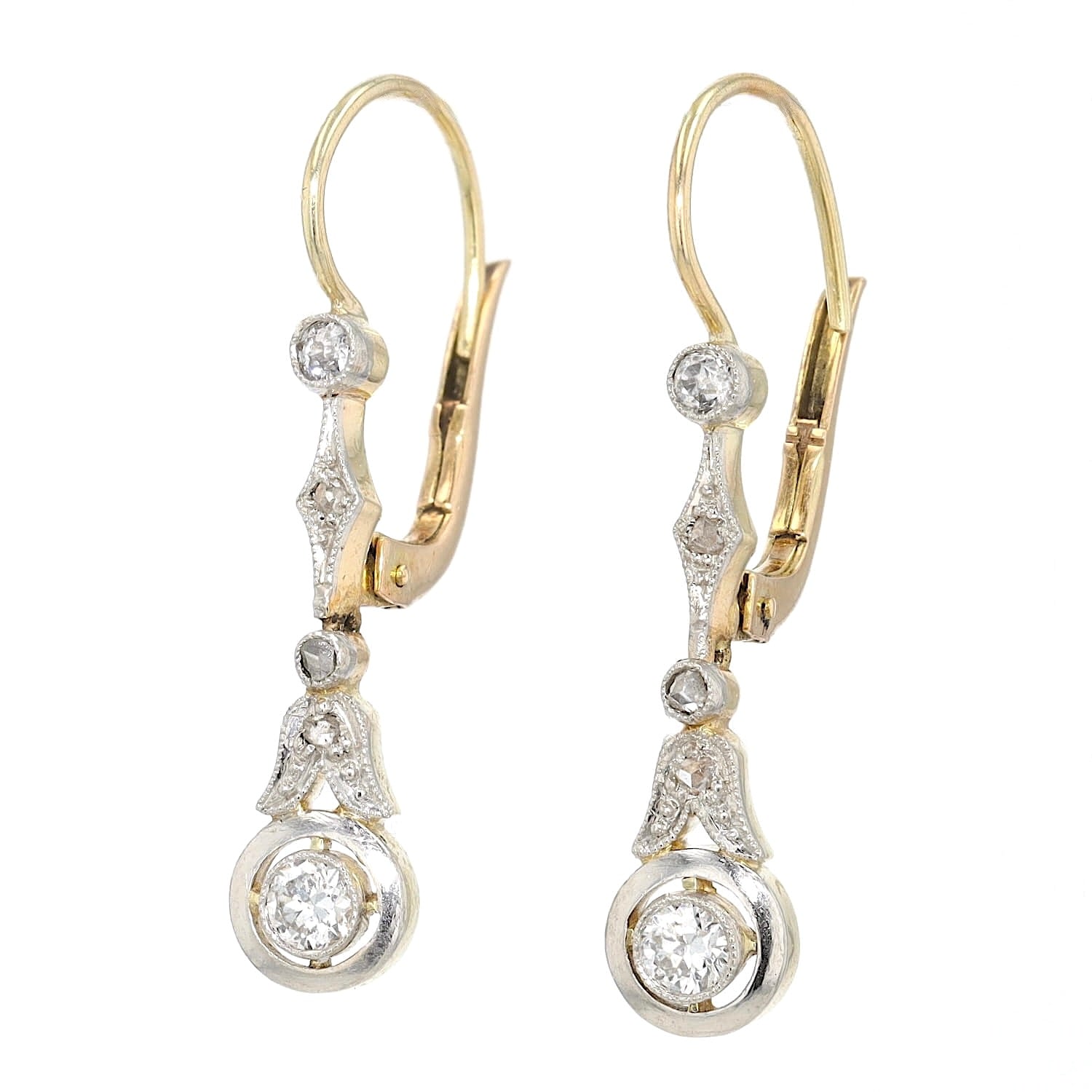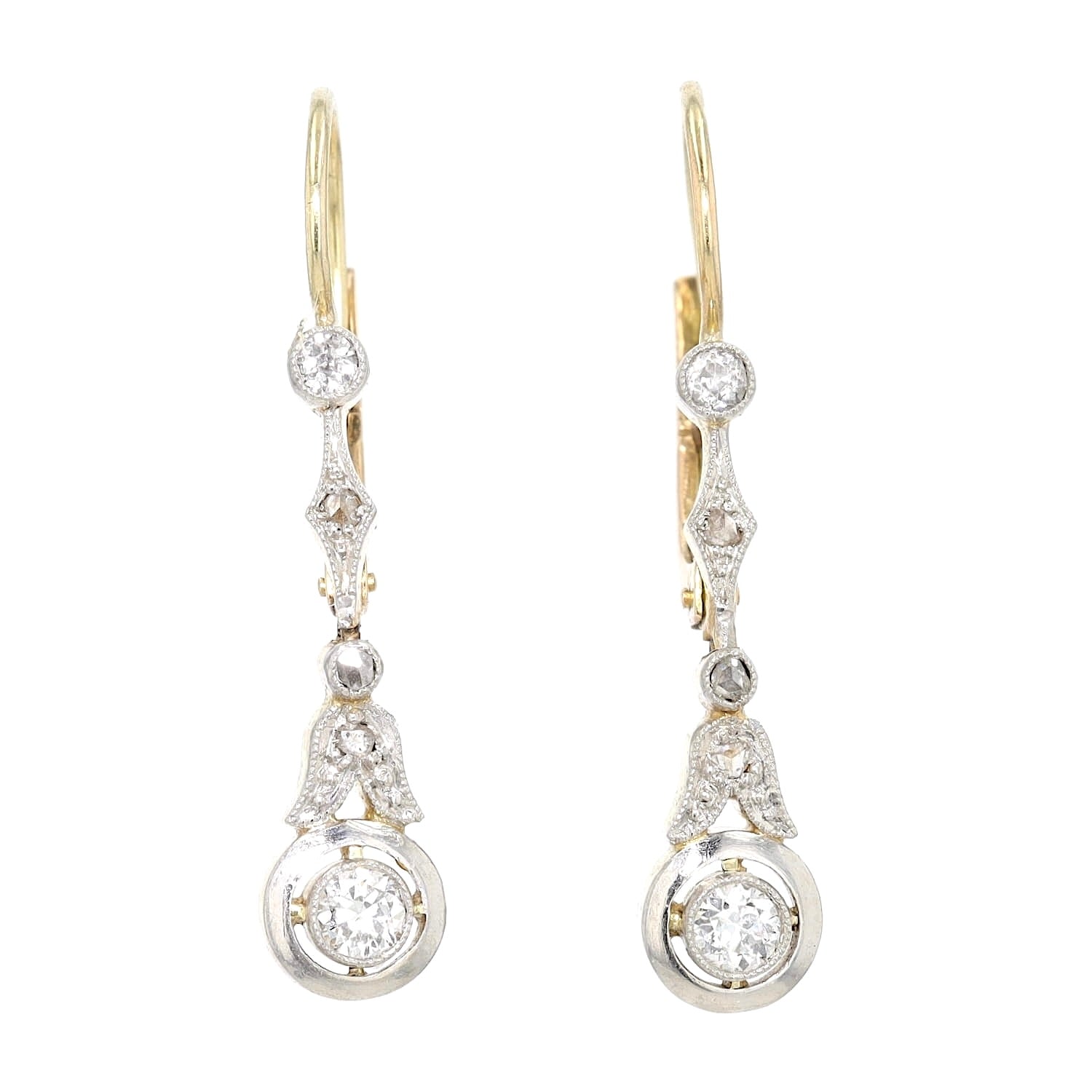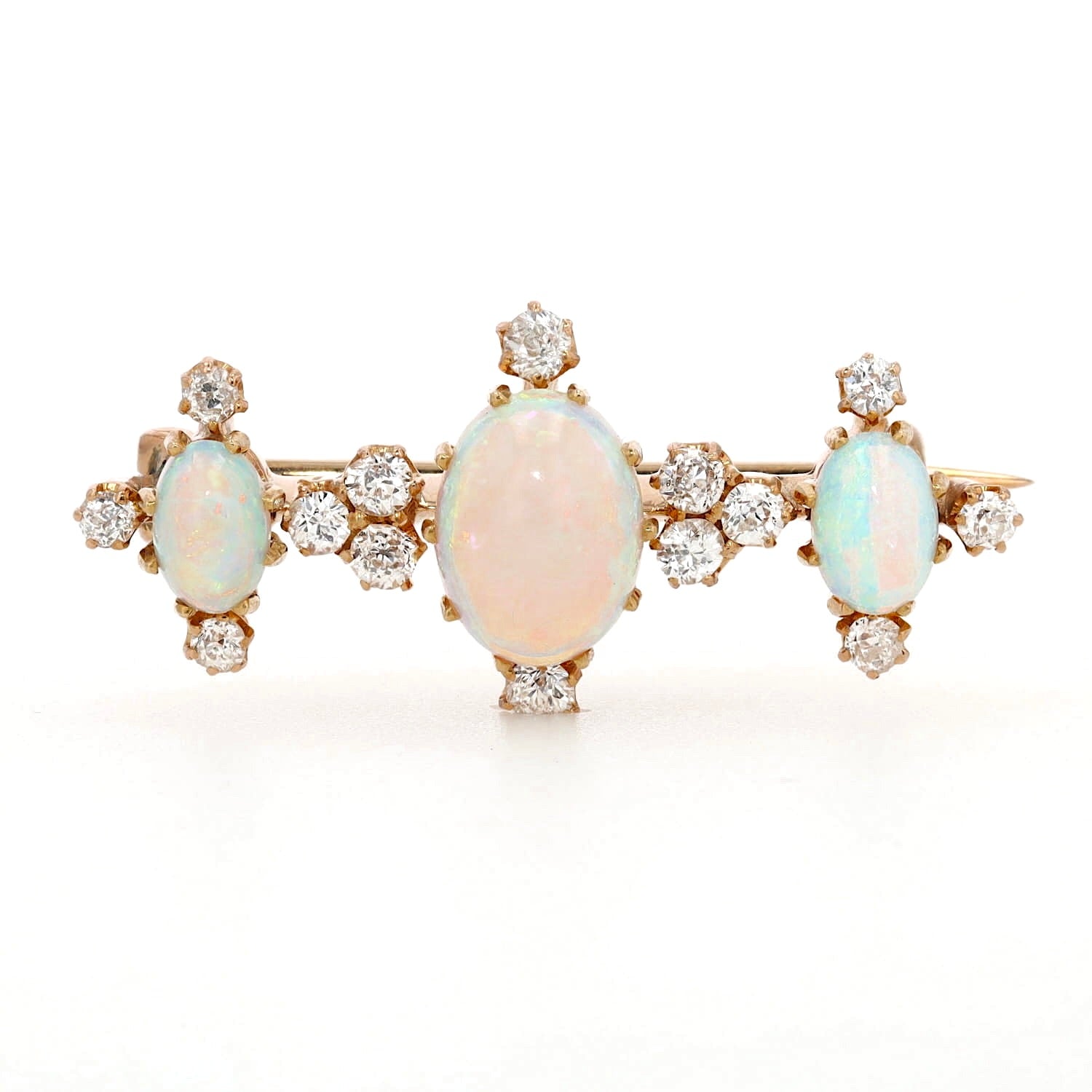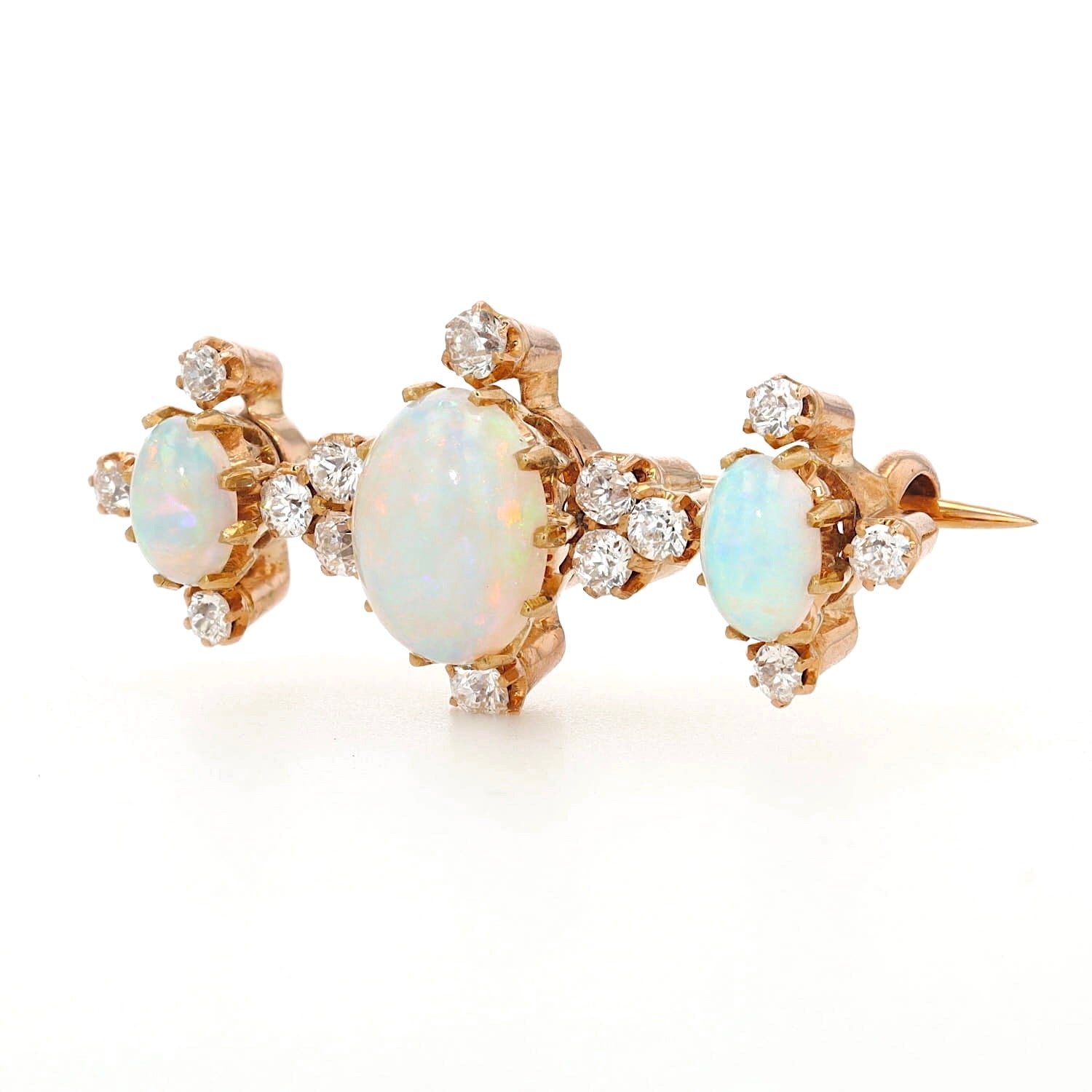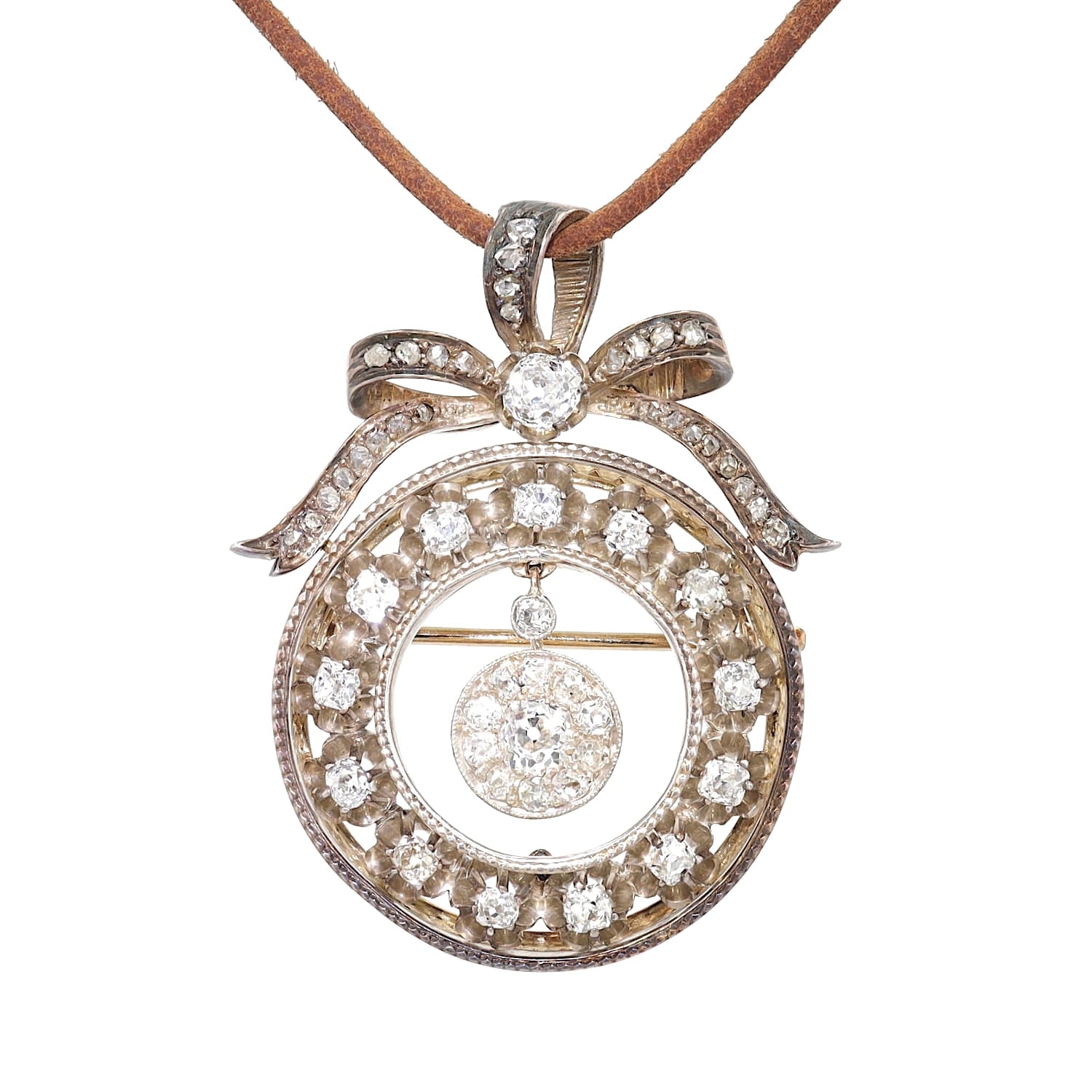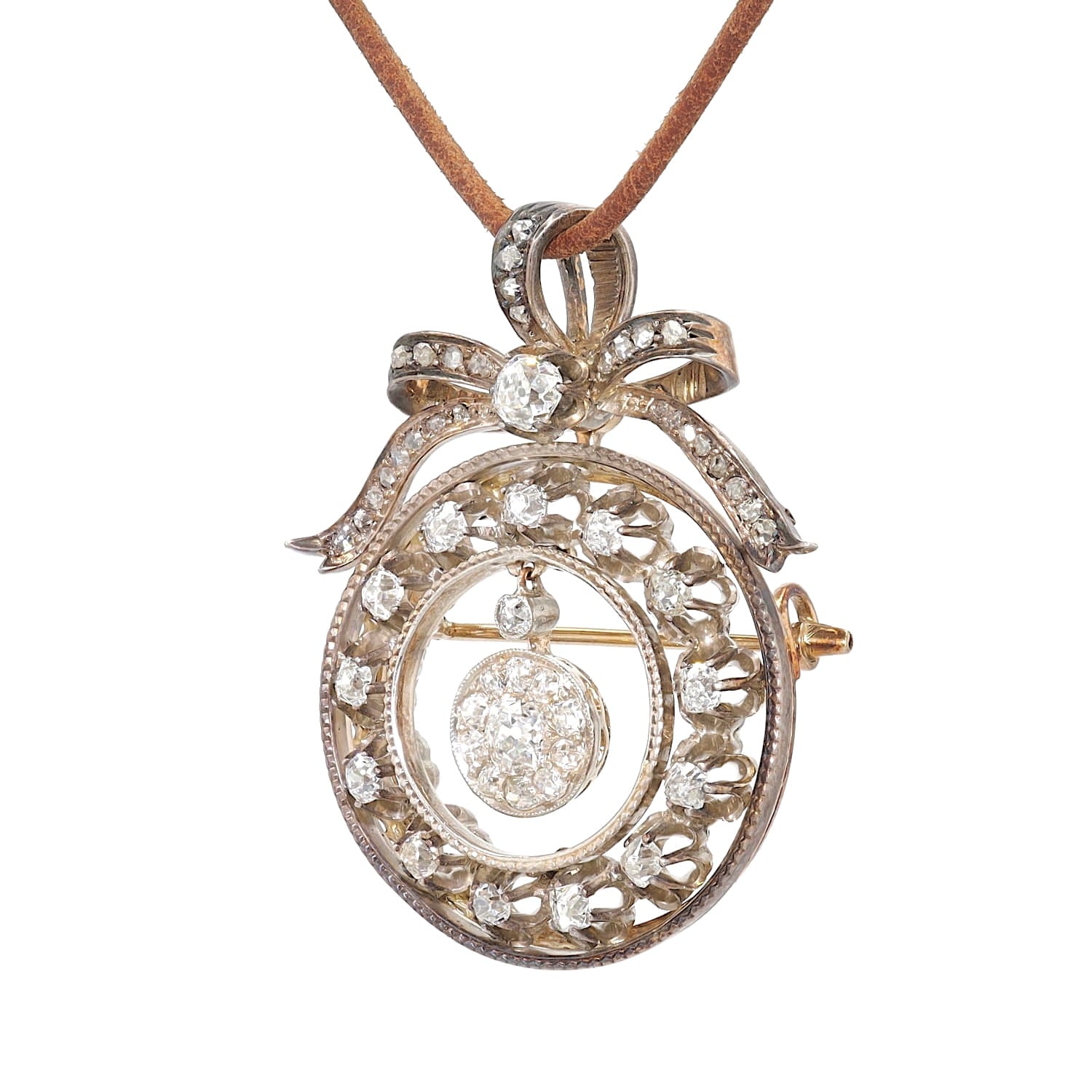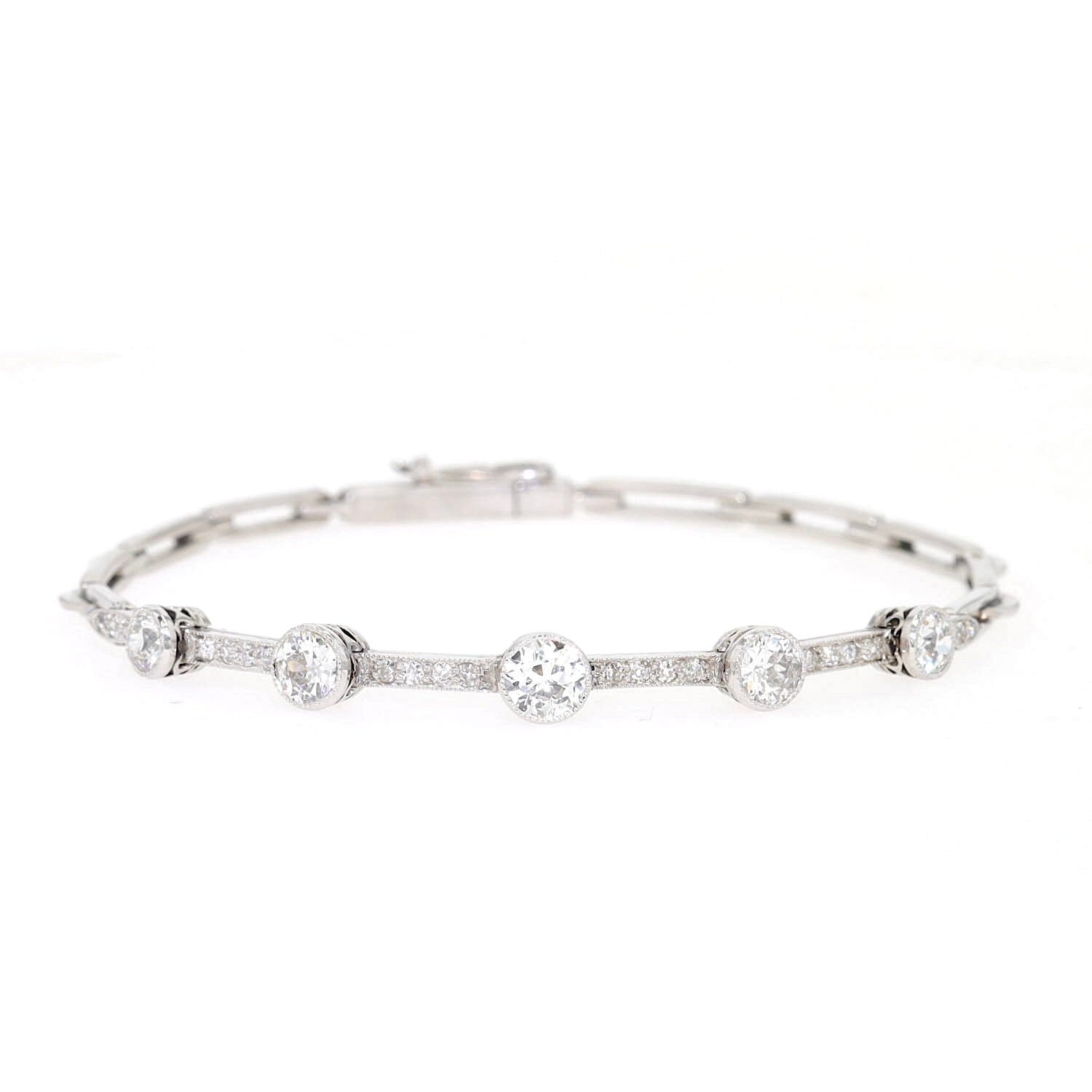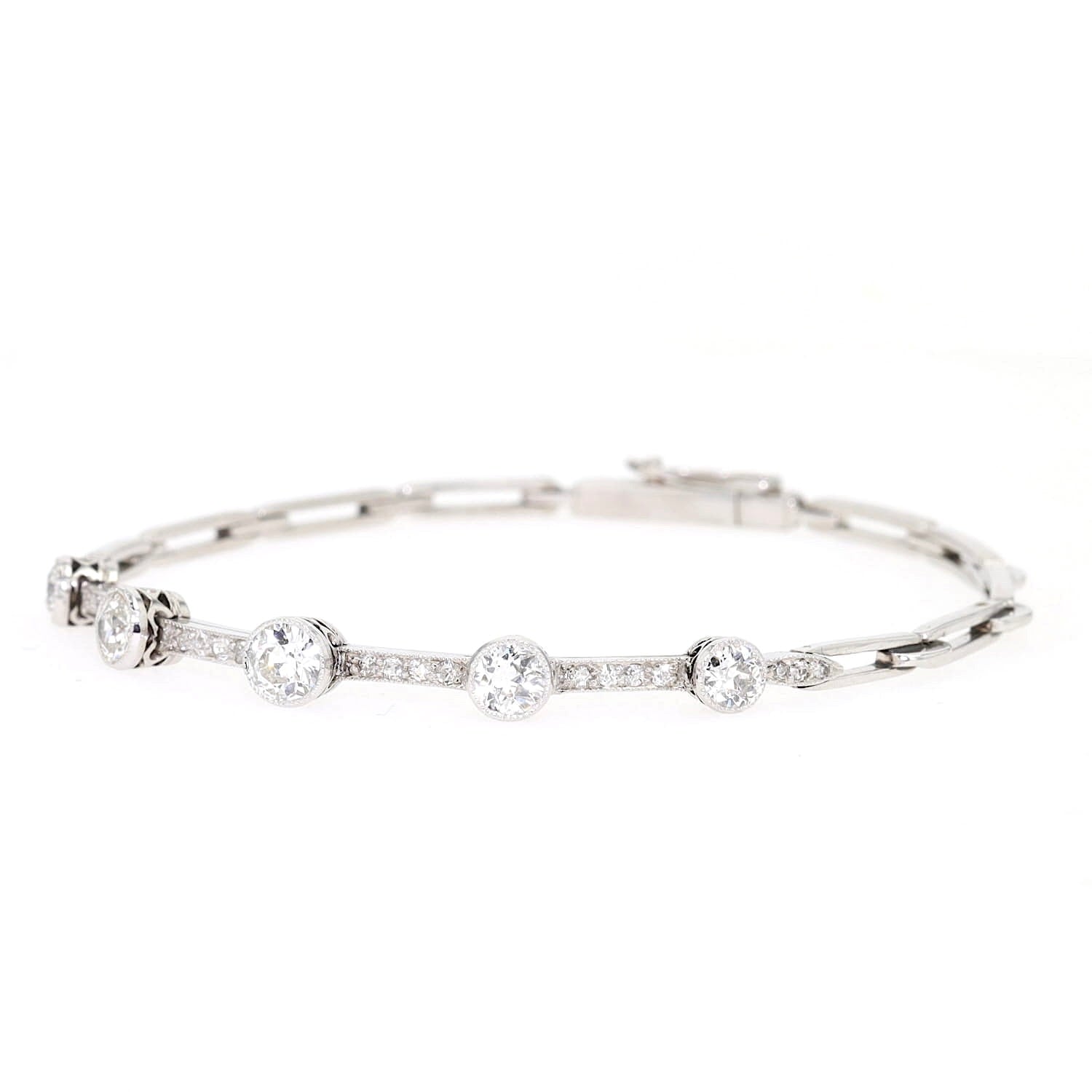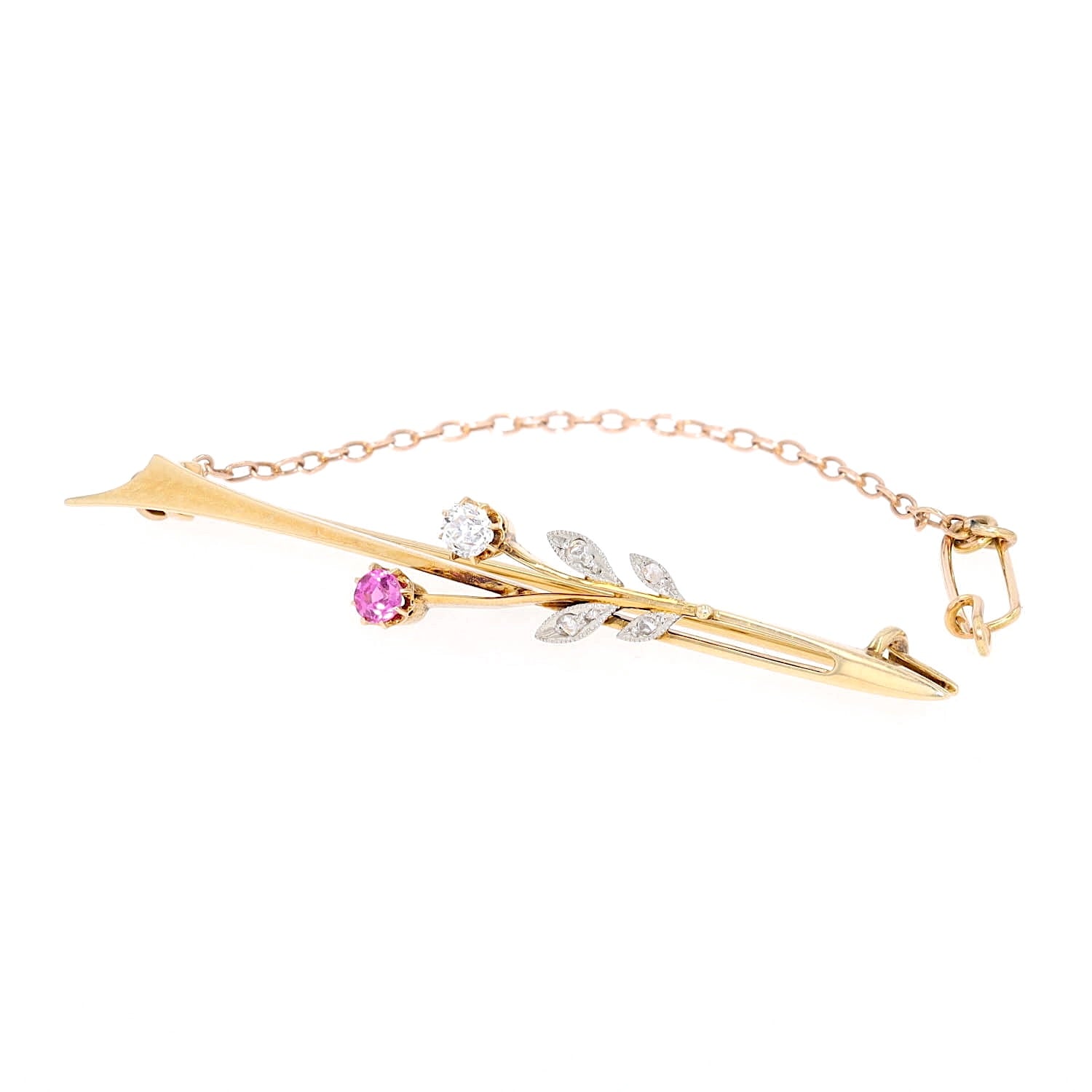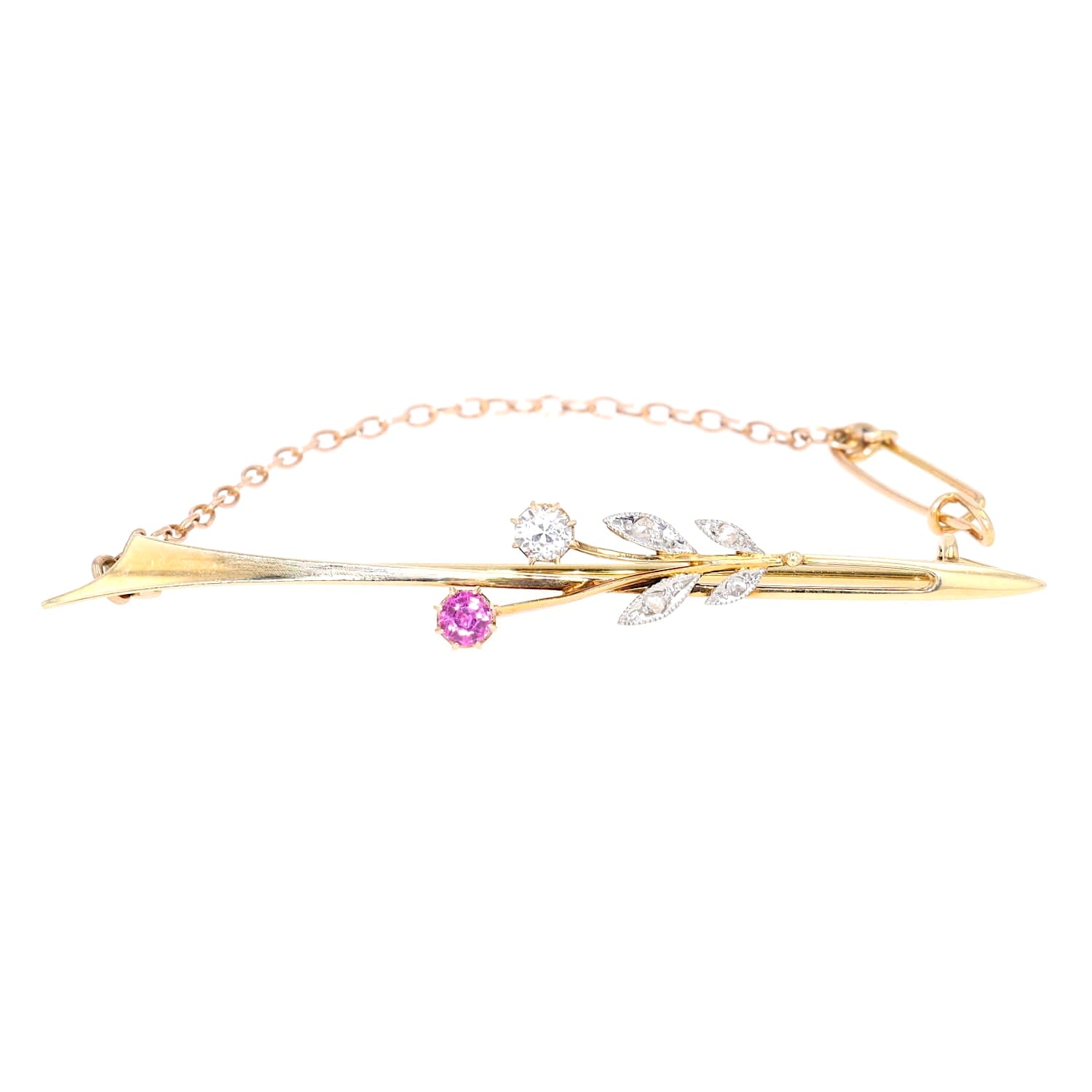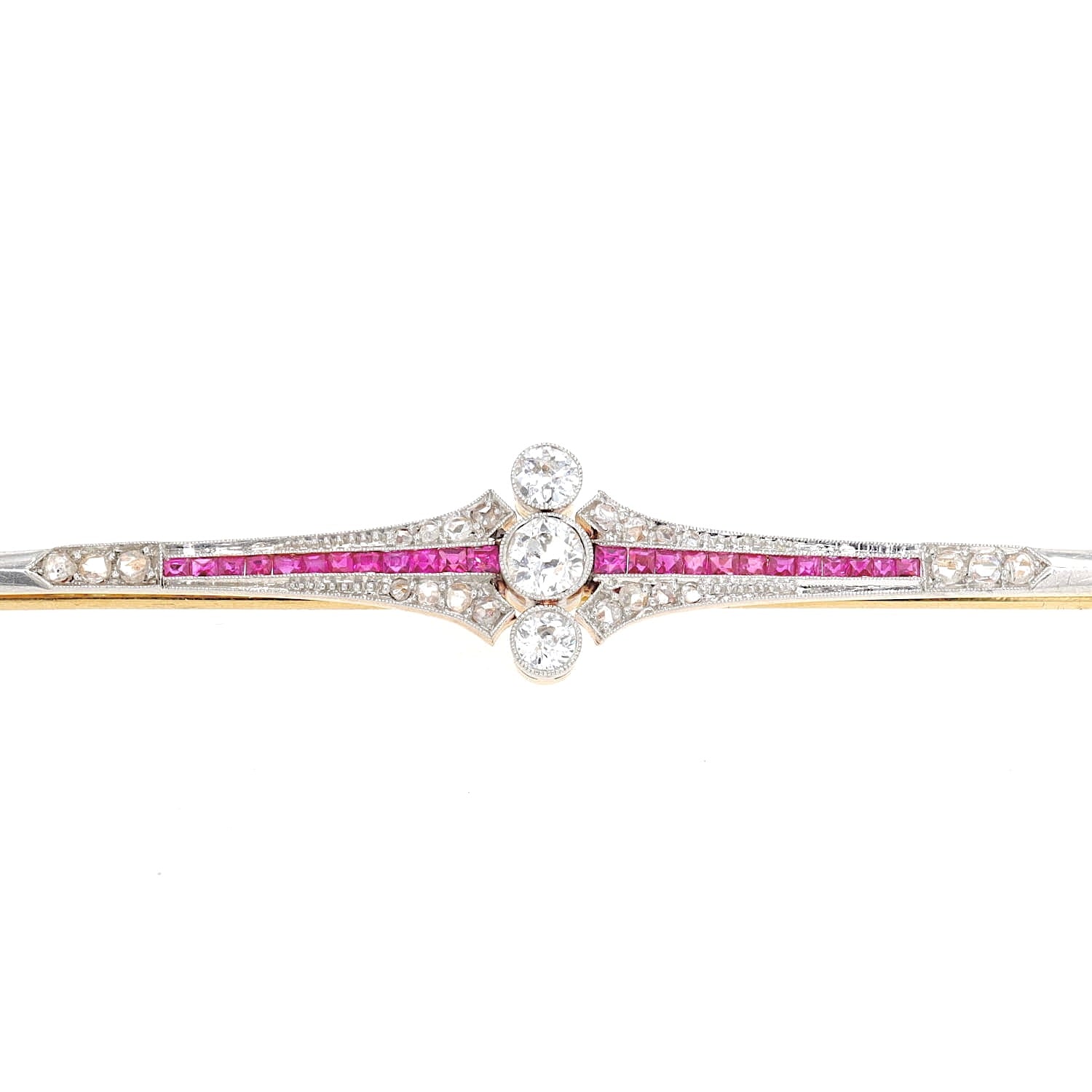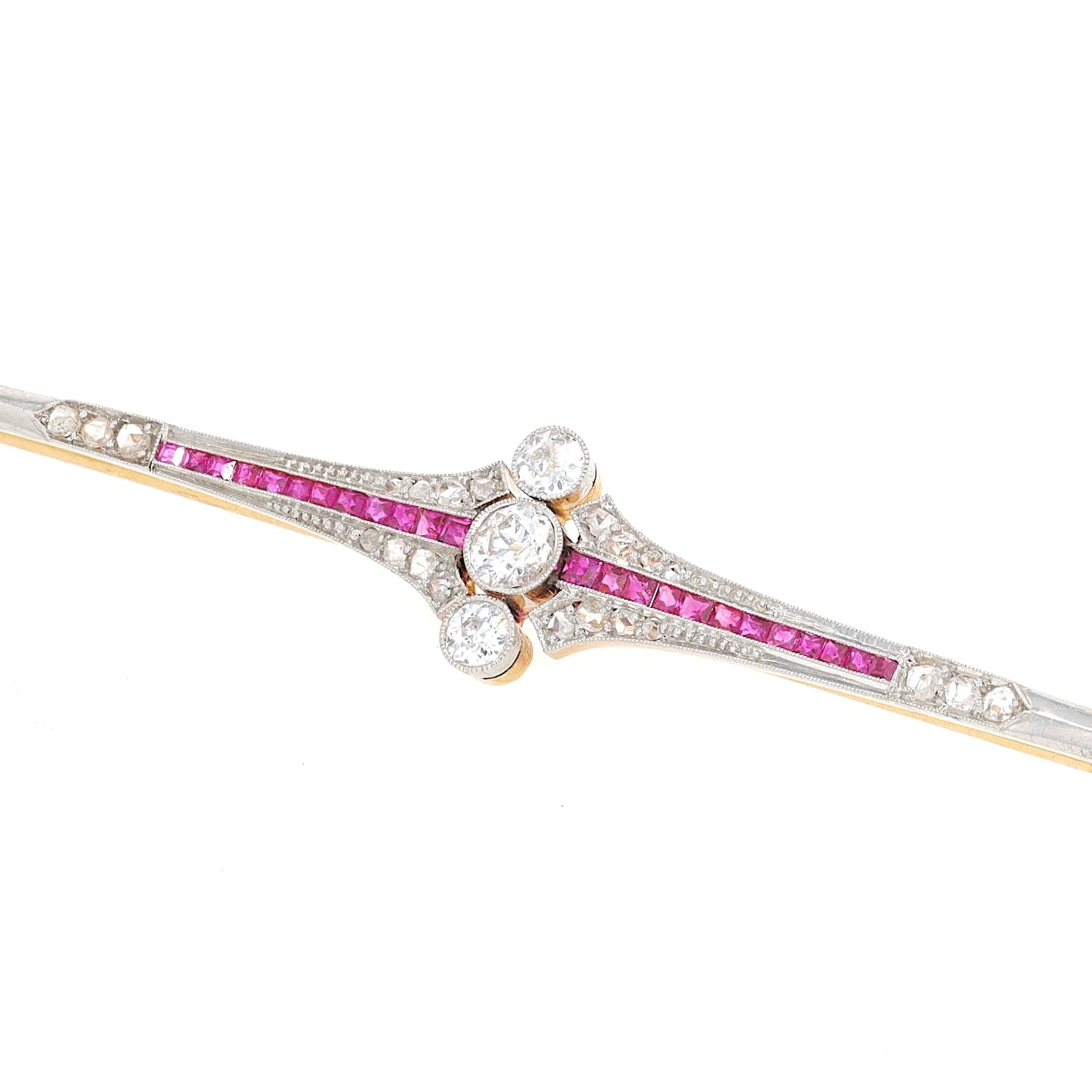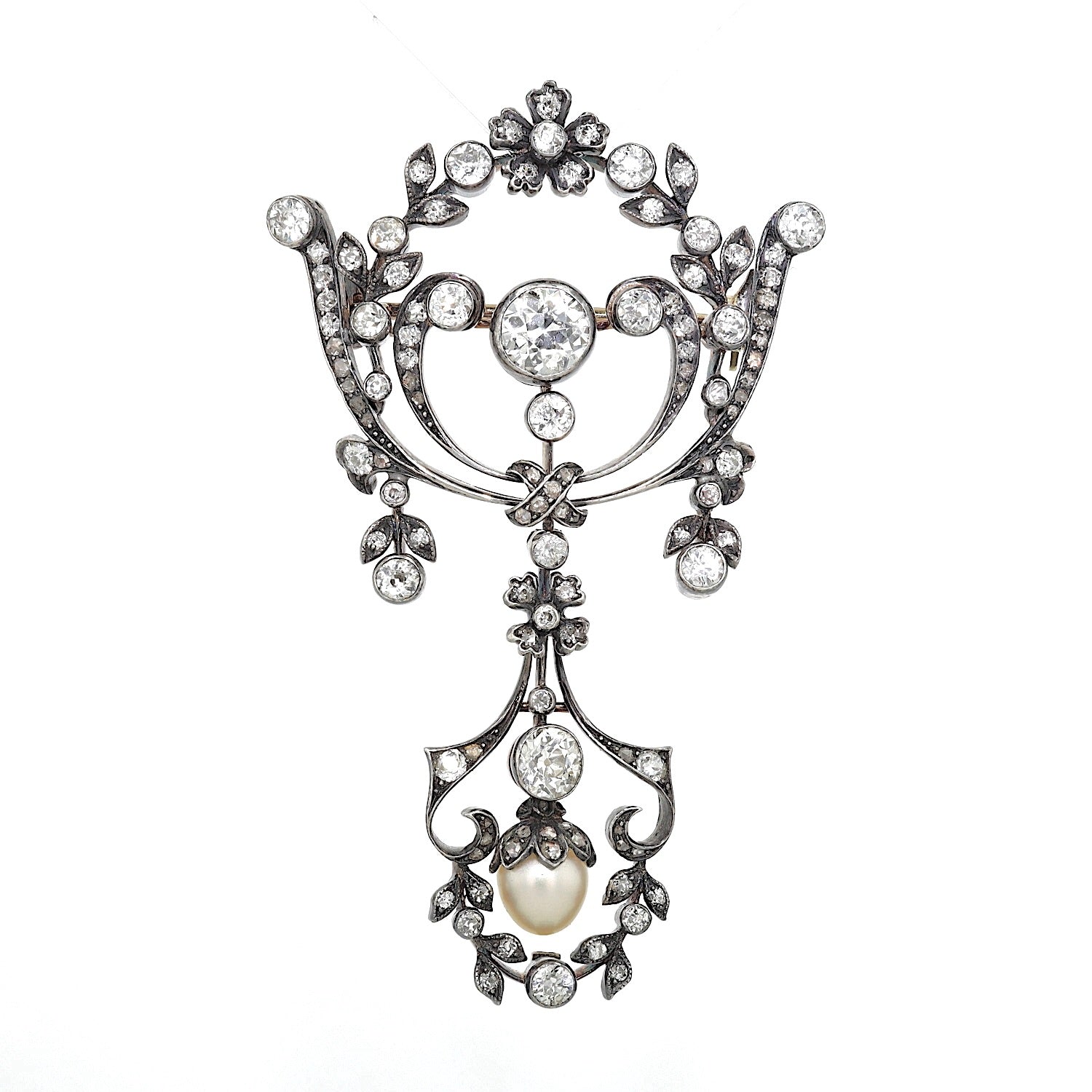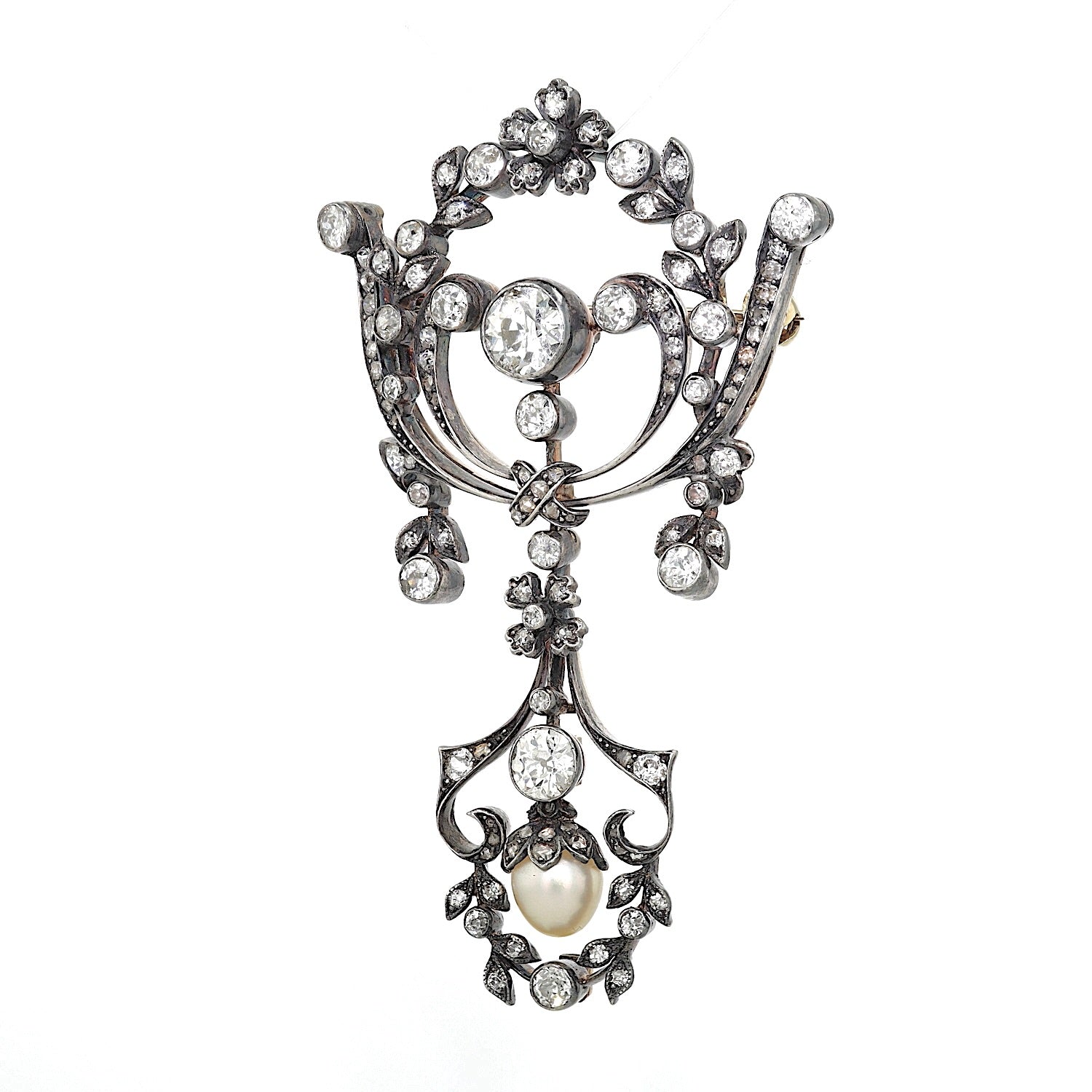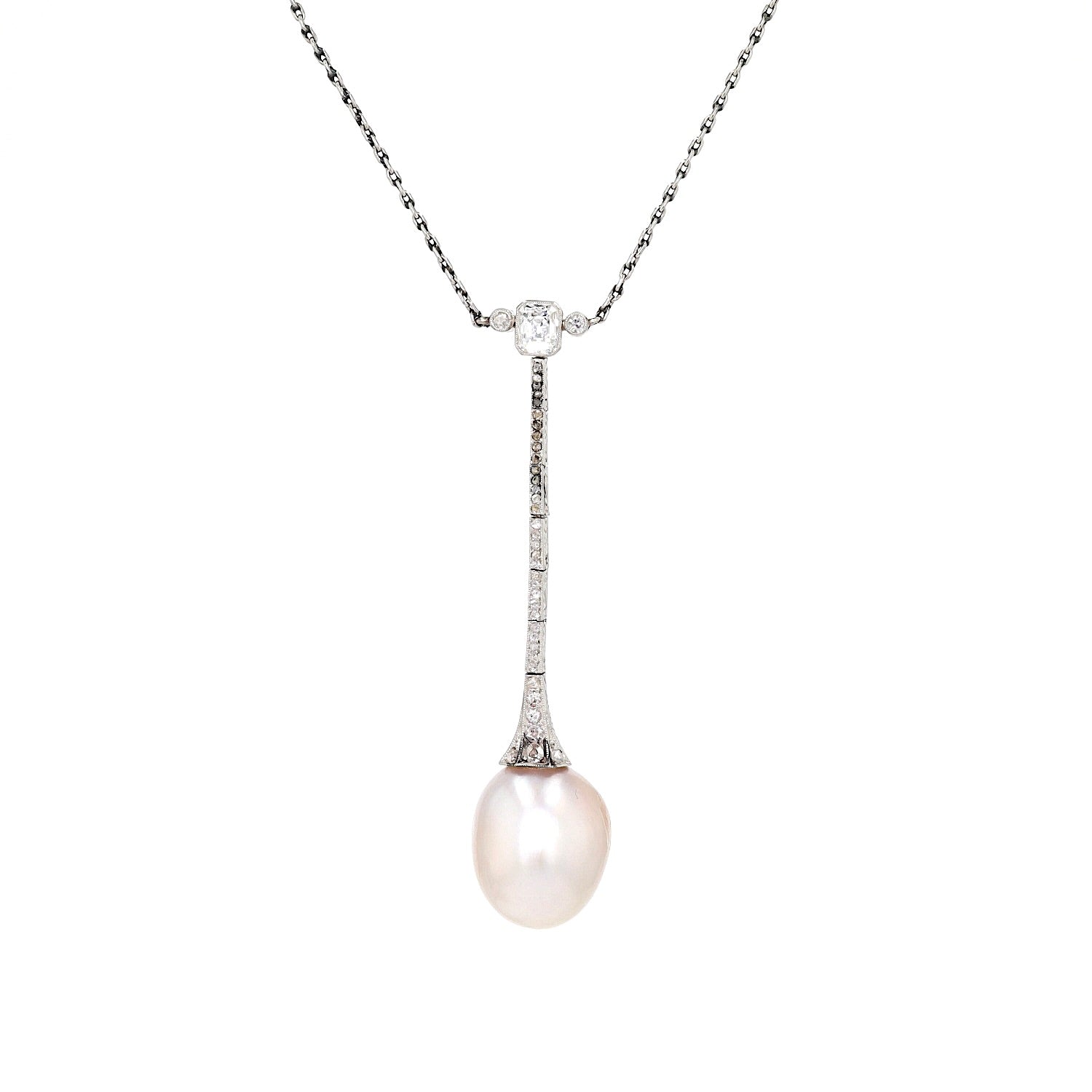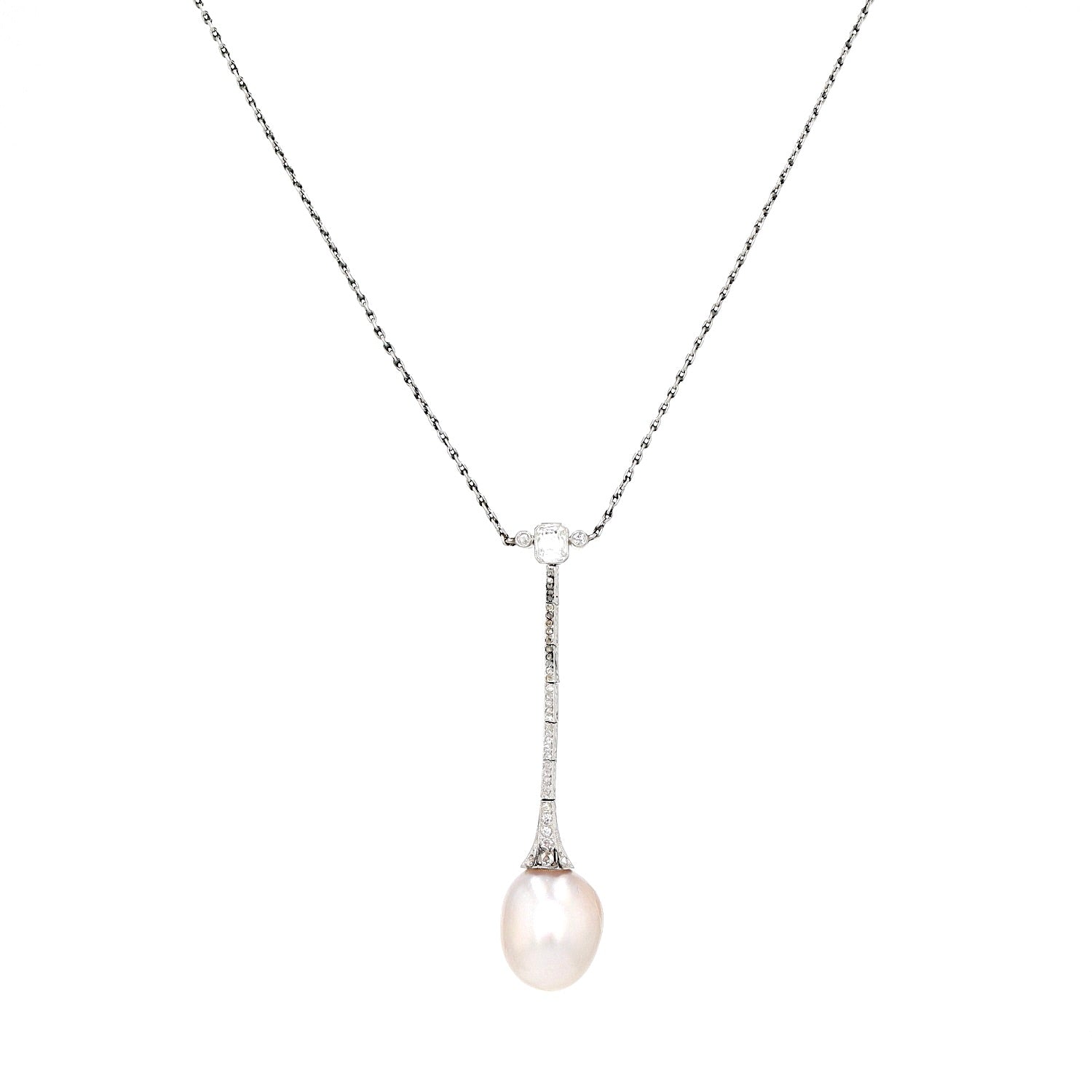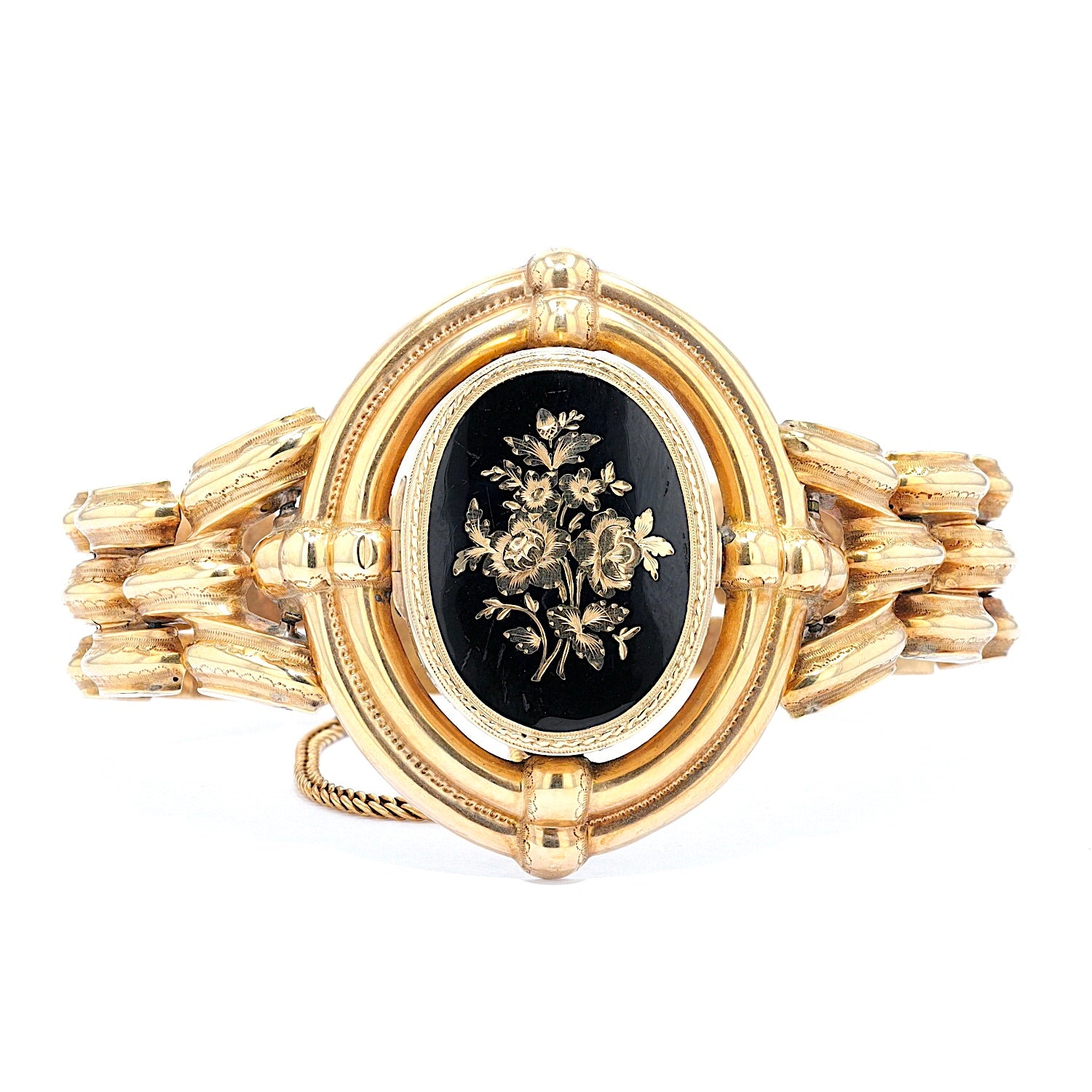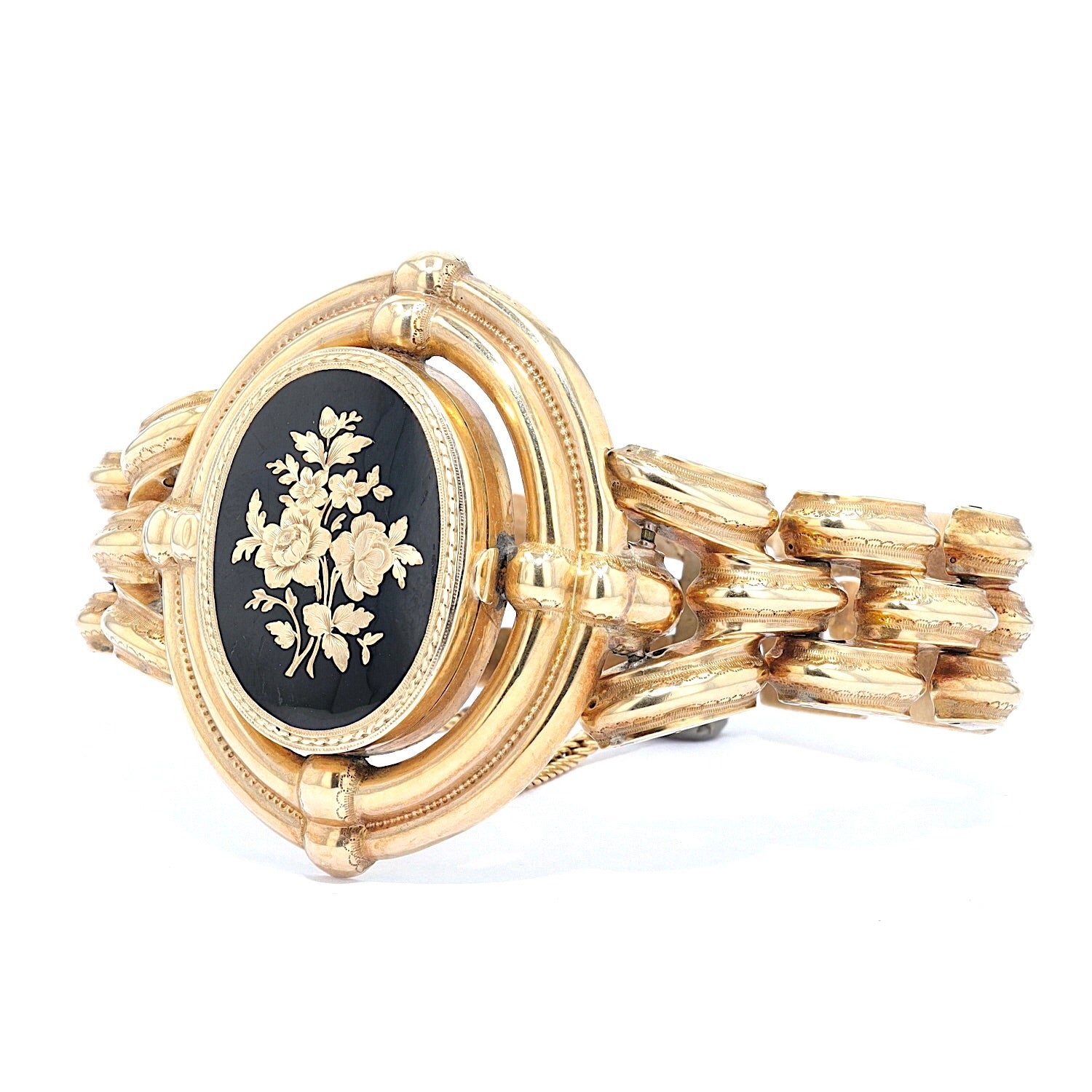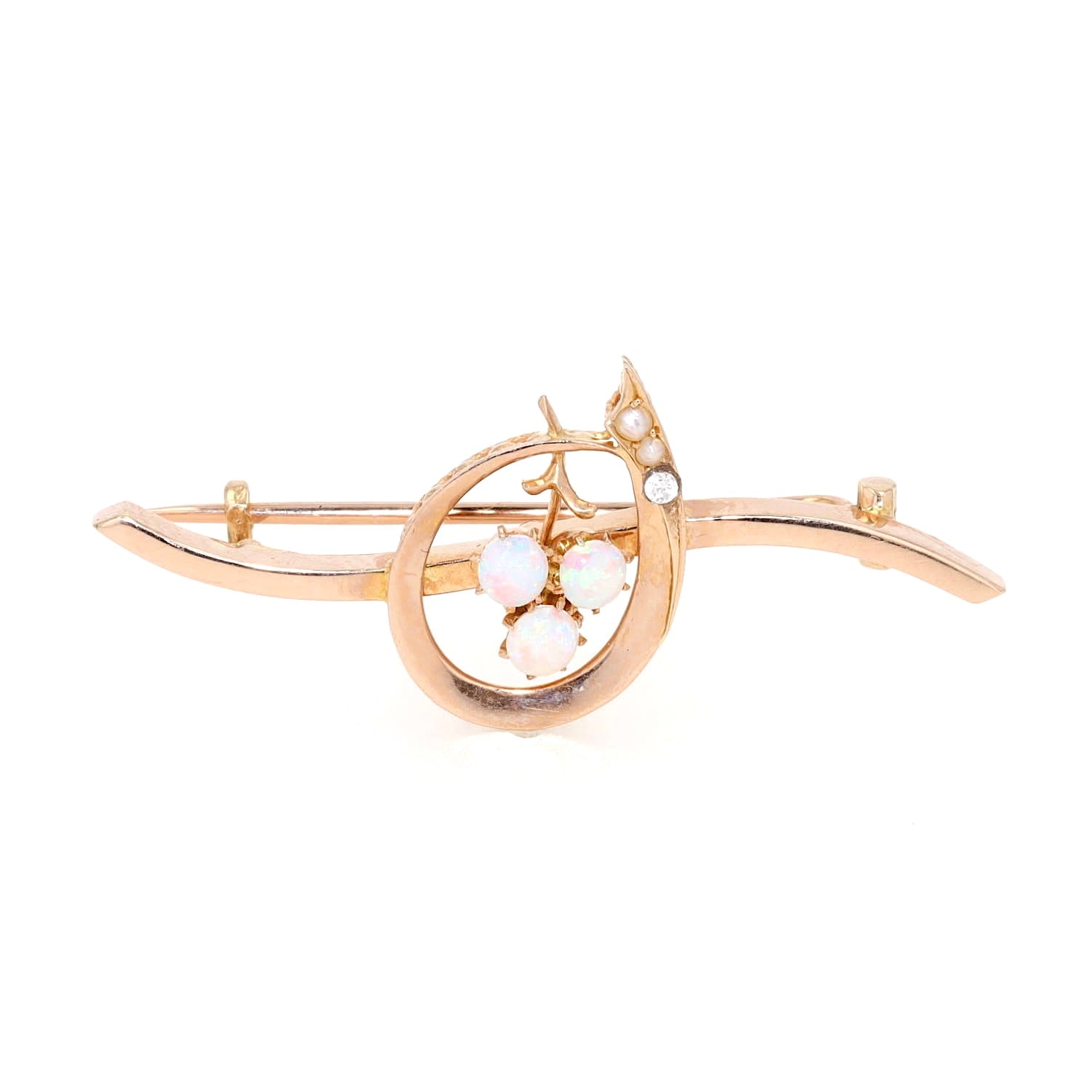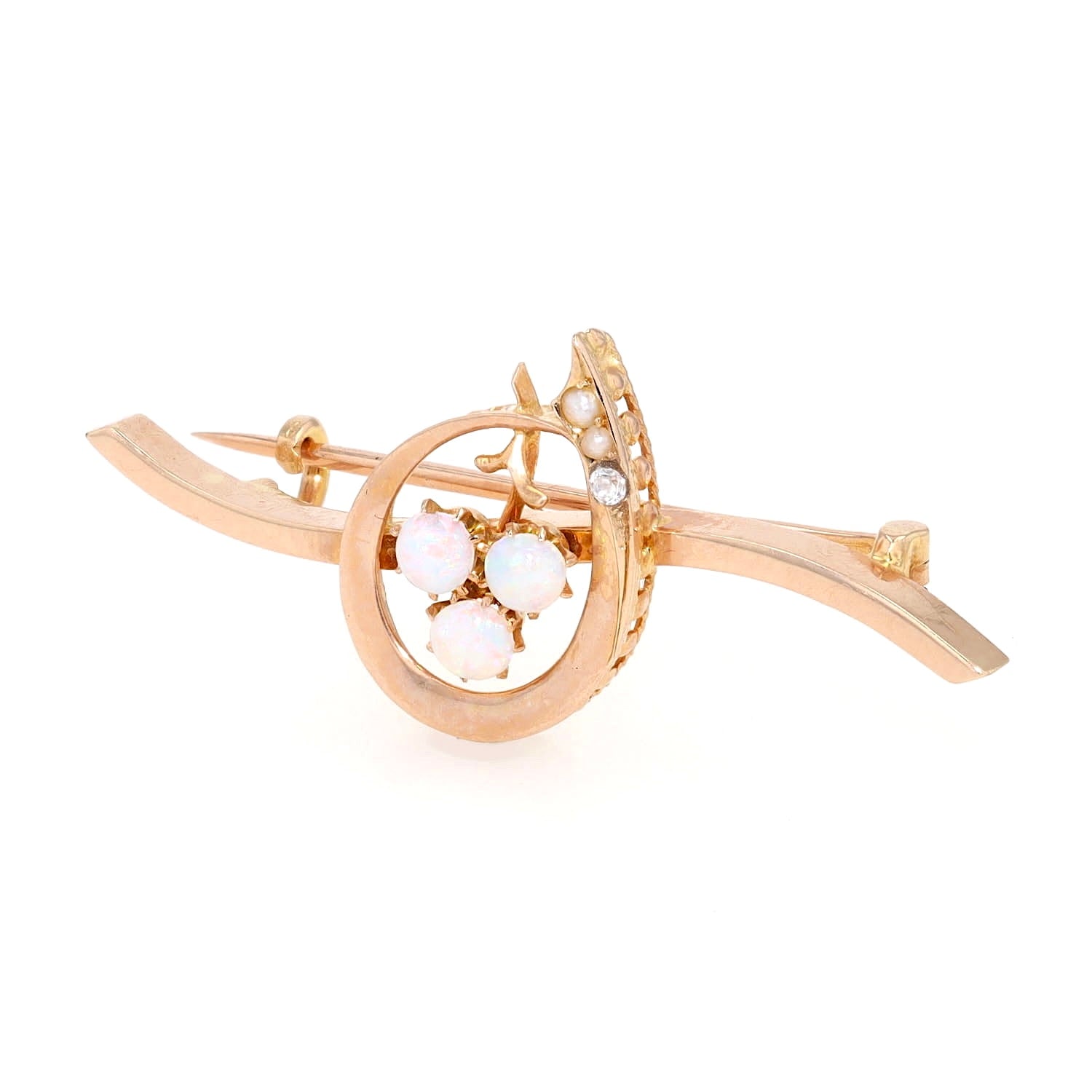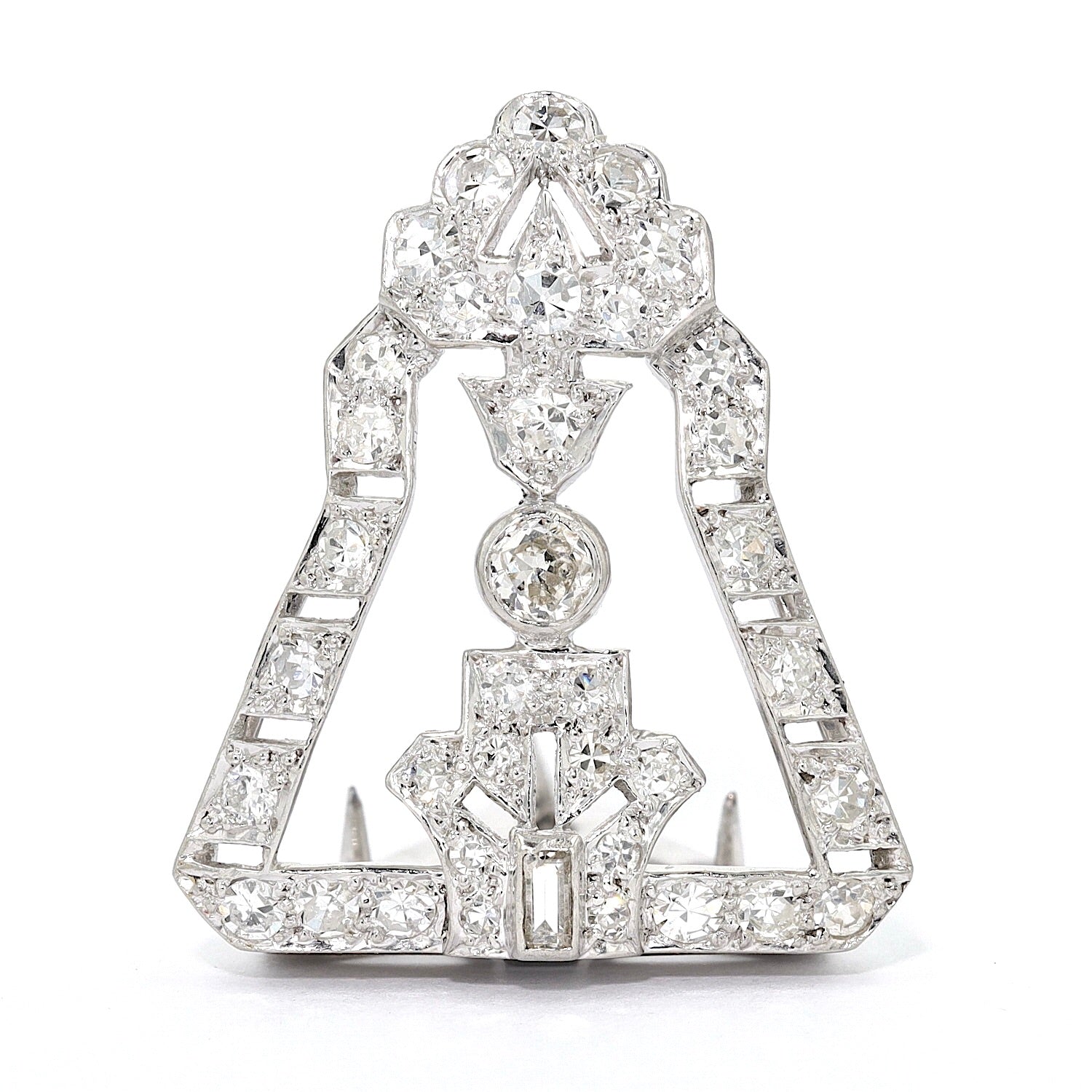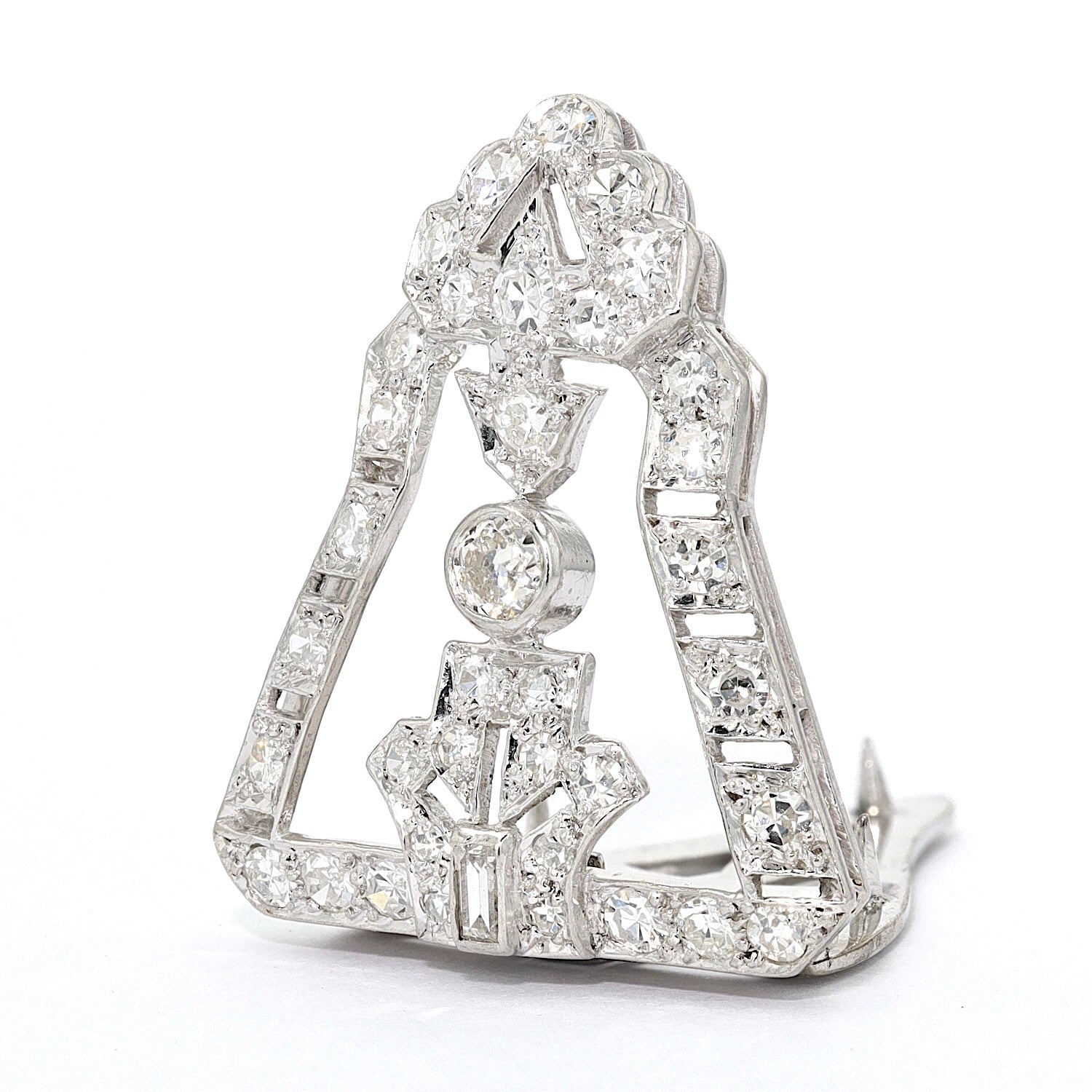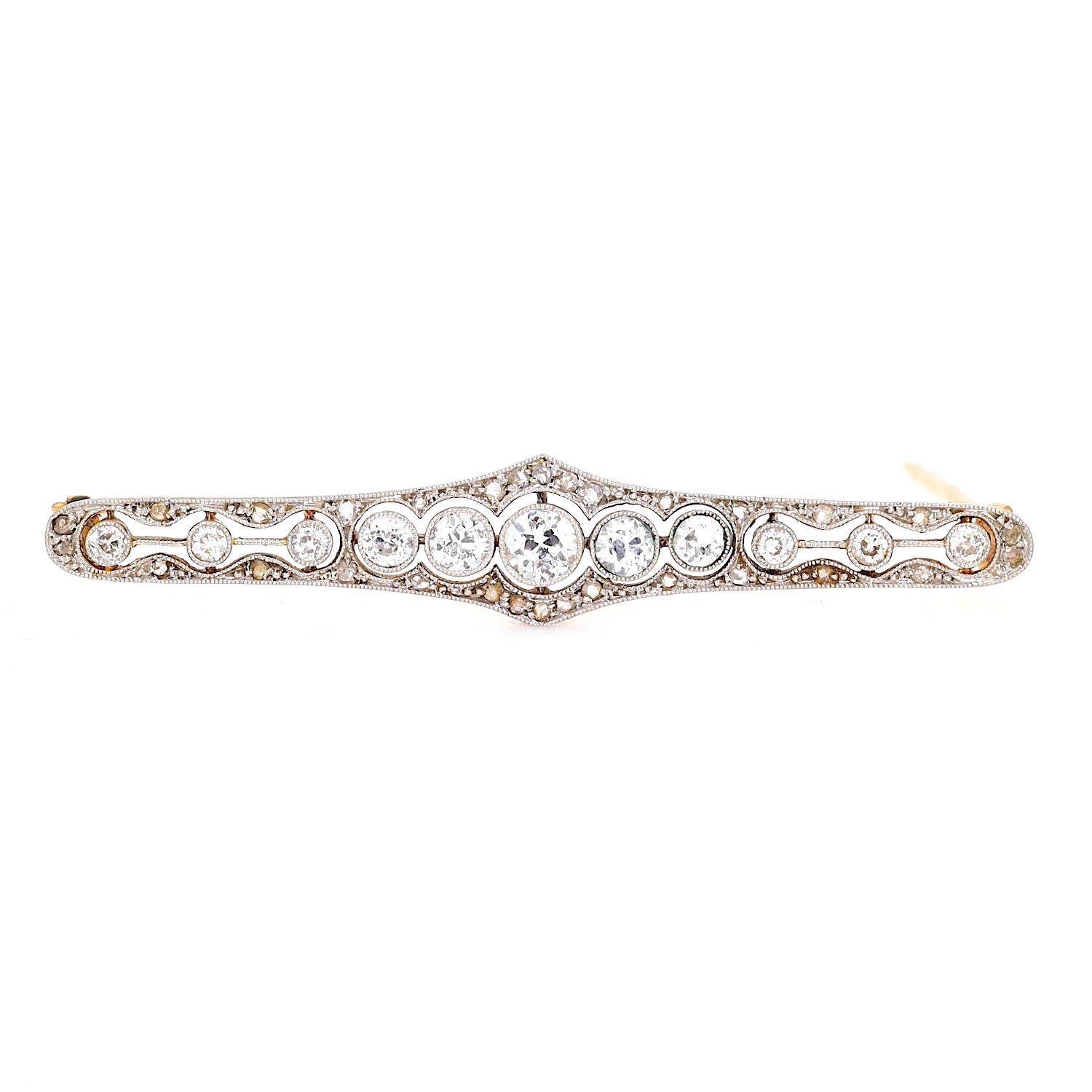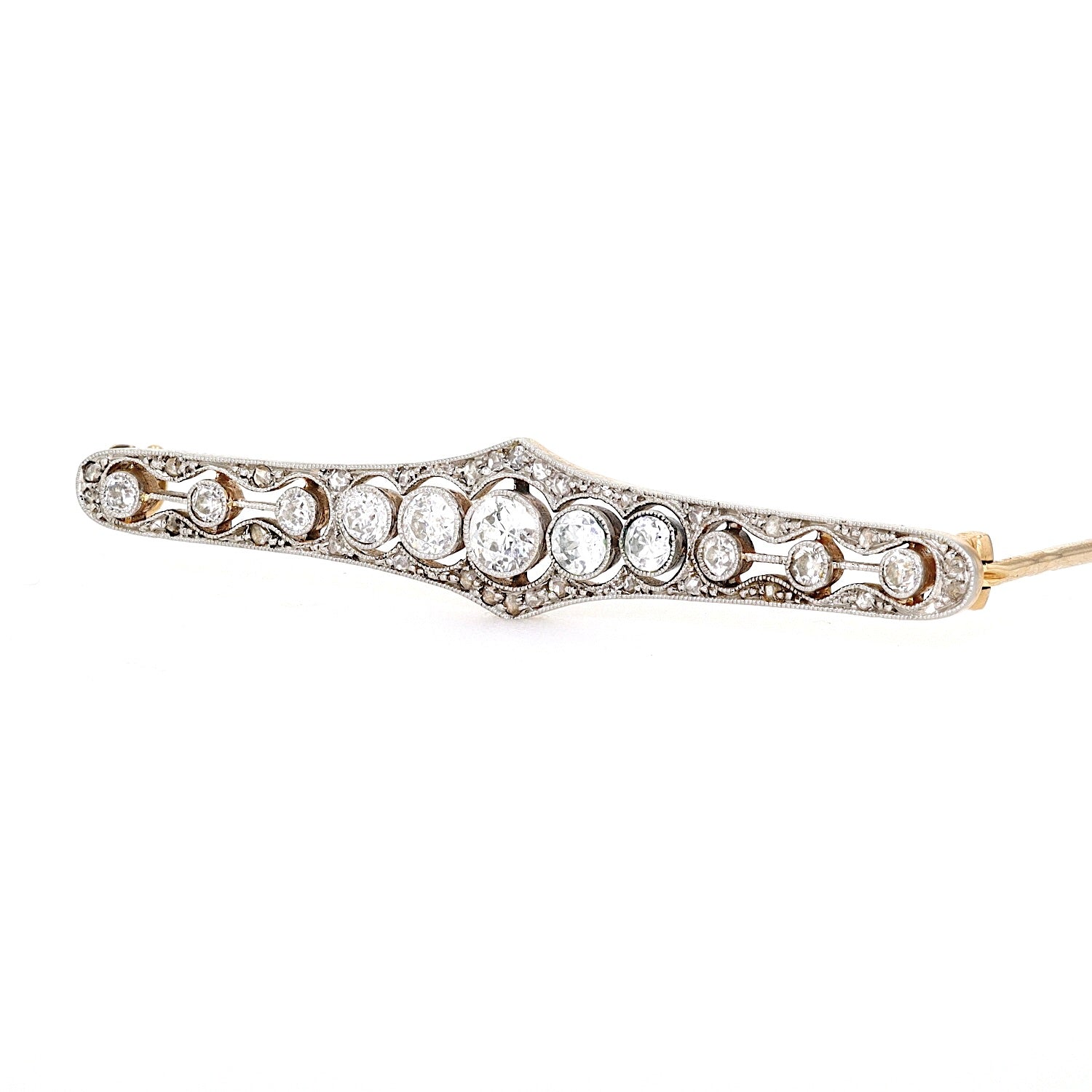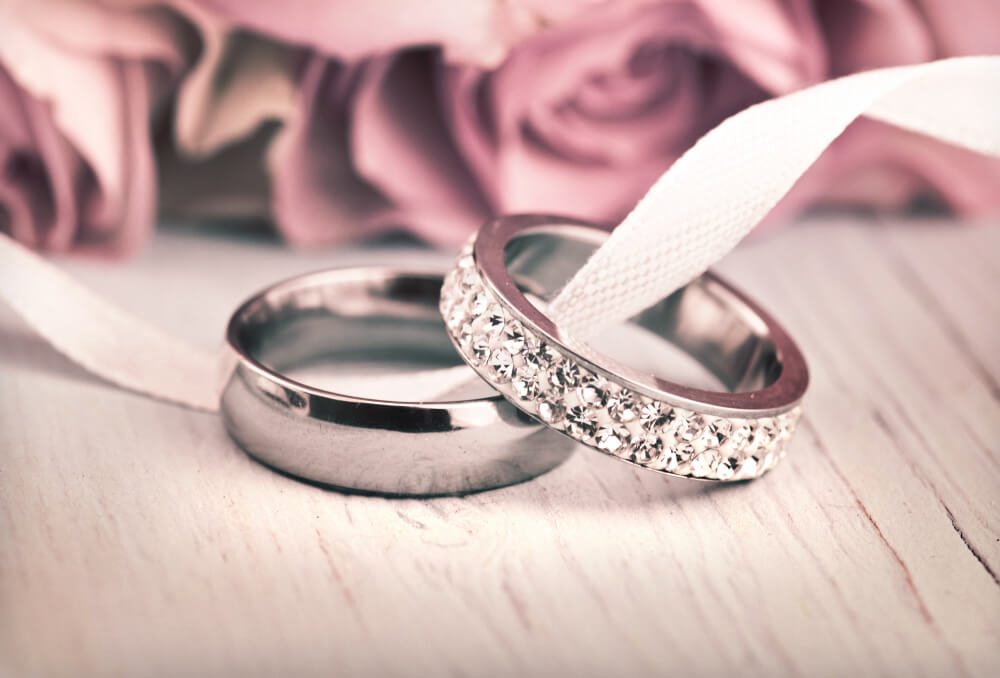The fascination of antique jewelry
After the cool austerity of classicism, the Biedermeier period (ca. 1815-1848) focused on a turn towards nature. Clear, often floral shapes and figurative motifs dominated the design. Friendship and keepsake jewelry was particularly widespread - worn as an emotional reminder of loved ones. As precious metals were in short supply after the Napoleonic Wars, many pieces of jewelry were made from alternative materials such as tombac, coral, horn or even human hair - artfully crafted and rich in meaning. The pieces often appear delicate, romantic and very personal.
Art Nouveau (ca. 1895-1910) brought a creative new beginning. Artists throughout Europe turned away from historicizing models and developed their very own aesthetic - inspired by nature, but also by geometric lines. Vines, dragonflies, portraits of women and floral ornaments are typical motifs. Jewelry from this period was frequently made in silver or yellow gold, often decorated with colorful enamel - for example on the wings of insects or in flower motifs. Opals, moonstone and other translucent stones underline the slightly mystical character of many pieces.
Art Deco (1920s-1930s) marked a break with the playful Art Nouveau style. The style is characterized by symmetry, clear lines and cool elegance. Jewelry designers focused on clear geometry, precious materials such as platinum, onyx and diamonds - and deliberate reduction. In contrast to the historicism of the 19th century and the soft forms of Art Nouveau, jewelry was created with a deliberately modern, dynamic and often non-representational effect. Masterful craftsmanship produced pieces of hitherto unseen precision. Art Deco is still one of the most popular eras for antique jewelry today - powerful, style-defining and timelessly modern.
What speaks for genuine antique jewelry?
- High-quality workmanship: Only jewelry with excellent workmanship will last for generations - old goldsmithing techniques, genuine precious metals and precise craftsmanship stand for this. Back then, jewelry was usually made in small editions or even as one-off pieces. Every movement was deliberate, every stone was carefully set. Many pieces come from ateliers where techniques such as millegriffes or bezel setting were perfected.
- Sustainability: No new mining, no new materials - antique jewelry conserves resources and is environmentally friendly. Anyone who buys antique jewelry is actively deciding against the extraction of new raw materials and in favour of extending the life of existing materials. This makes it a stylish alternative for anyone who values aesthetics and ecological awareness.
- Uniqueness: Each piece is unique with its own story - not a mass-produced product, but a personality to wear. Many designs were made individually or created for specific occasions. Instead of following fashion trends, antique jewelry follows its own character - that's what makes it so special and unmistakable.
- Robustness: What is still in top condition today has proven itself over decades - a clear sign of quality. Materials such as high-carat gold, silver or platinum hardly age at all and often show only minor signs of wear even after 100 years. This longevity is a clear sign of quality - and a good basis for continuing to wear the piece for a long time to come.
- Value for money: Antique jewelry often offers more substance and character than newly produced pieces in the same price range. Many modern pieces of jewelry seem almost uniform in comparison. If you choose antique jewelry, you not only get a beautiful piece - but one with depth, rarity and real collector's value. At the same time, antique jewelry is often surprisingly affordable - especially in comparison to high-quality new editions of a similar kind.
For special occasions - or simply for yourself
Antique jewelry is a gift with meaning - ideal for engagements, anniversaries or birthdays. If you want to give something special as a gift, an antique engagement ring, a pair of antique earrings or an Art Nouveau brooch is just the thing: a sign of appreciation and individuality. Unlike new jewelry, the focus here is not only on the material value, but also on the history that the piece brings with it - and the history that it will write.
Antique jewelry suits people who give thoughtfully. An Art Nouveau pendant, for example, can stand for subtle aesthetics, an Art Deco ring for courage and expressiveness, a filigree necklace for delicacy and depth. This makes every piece of jewelry more than just an accessory - it is a message that stays with you.
Antique jewelry is also a statement for your own style. Many customers appreciate the special charisma of these pieces. They tell stories, arouse interest and give every look a distinctive touch - a conversation piece with depth. Precisely because they are not perfect or polished, antique pieces of jewelry often appear more vibrant - and allow the personality of their wearers to shine in their own unique way.


